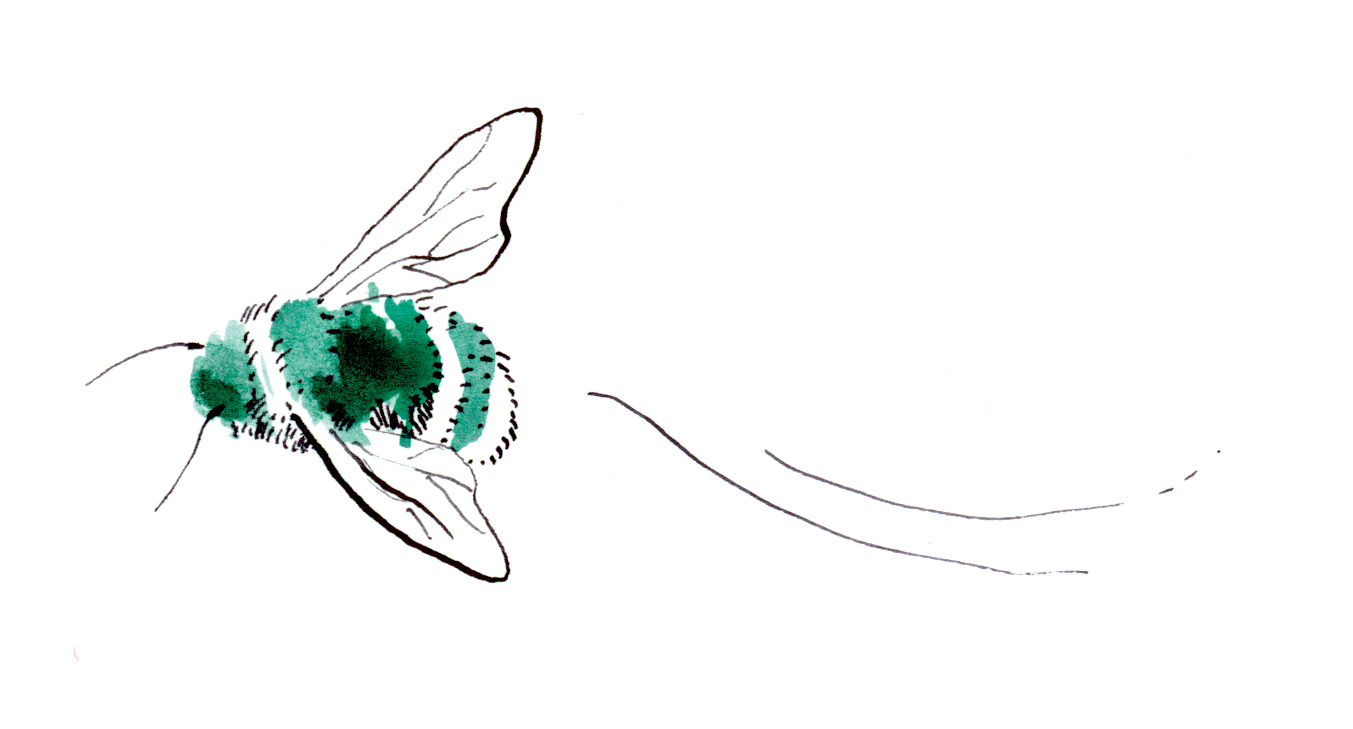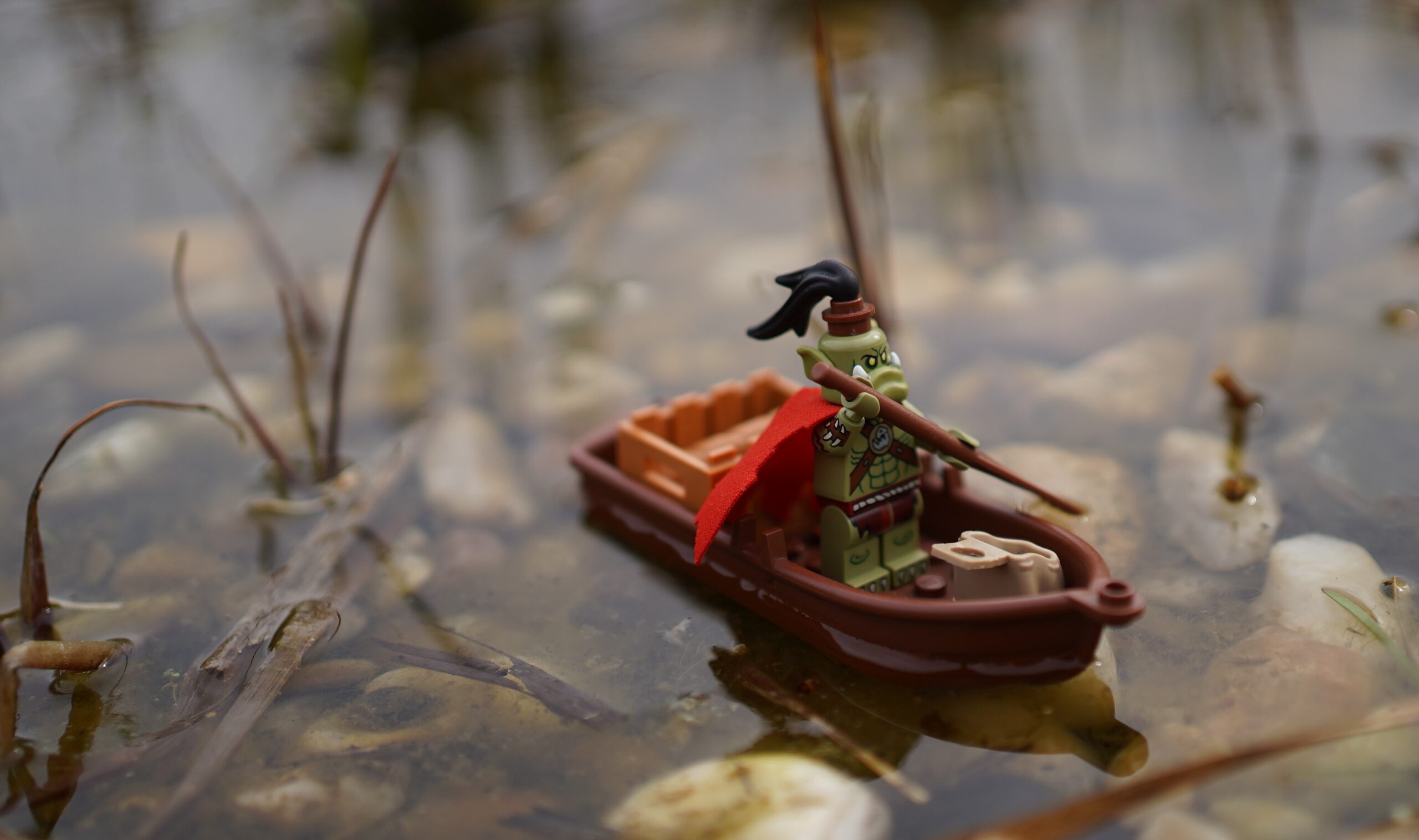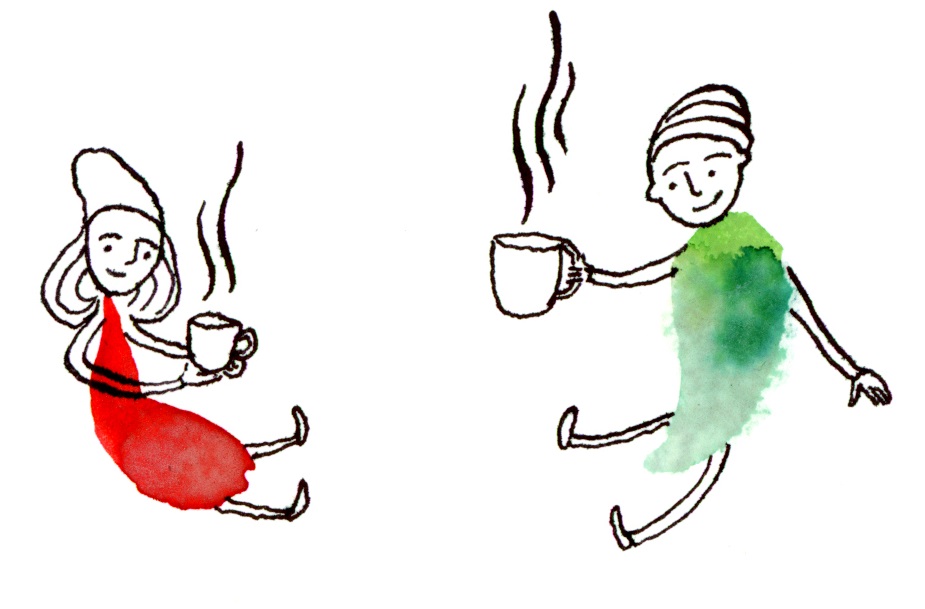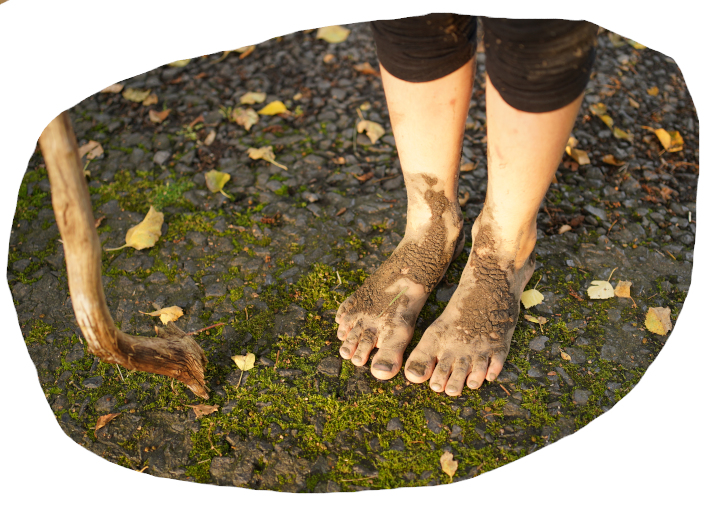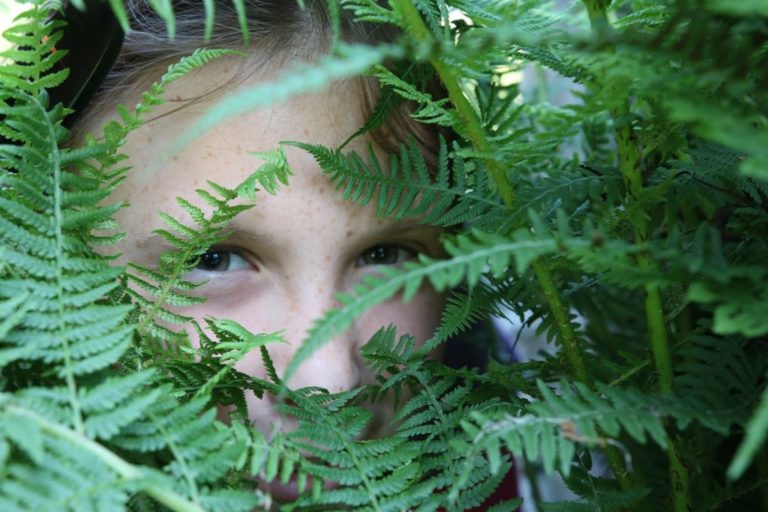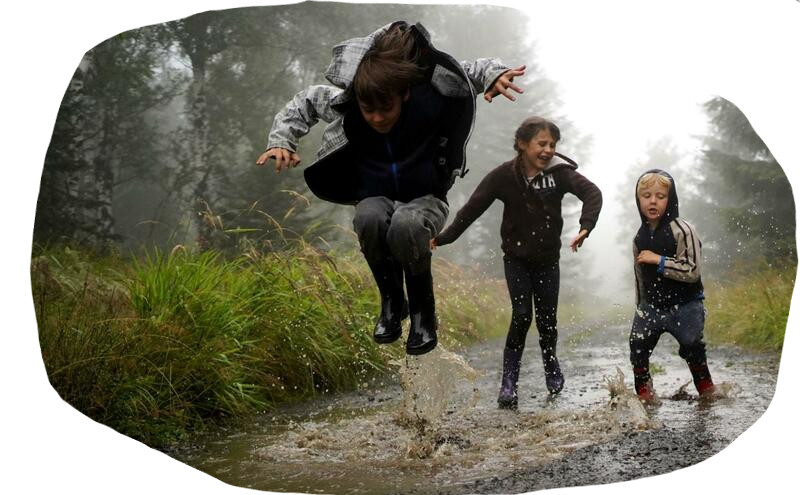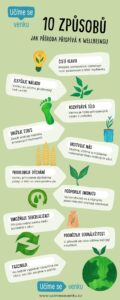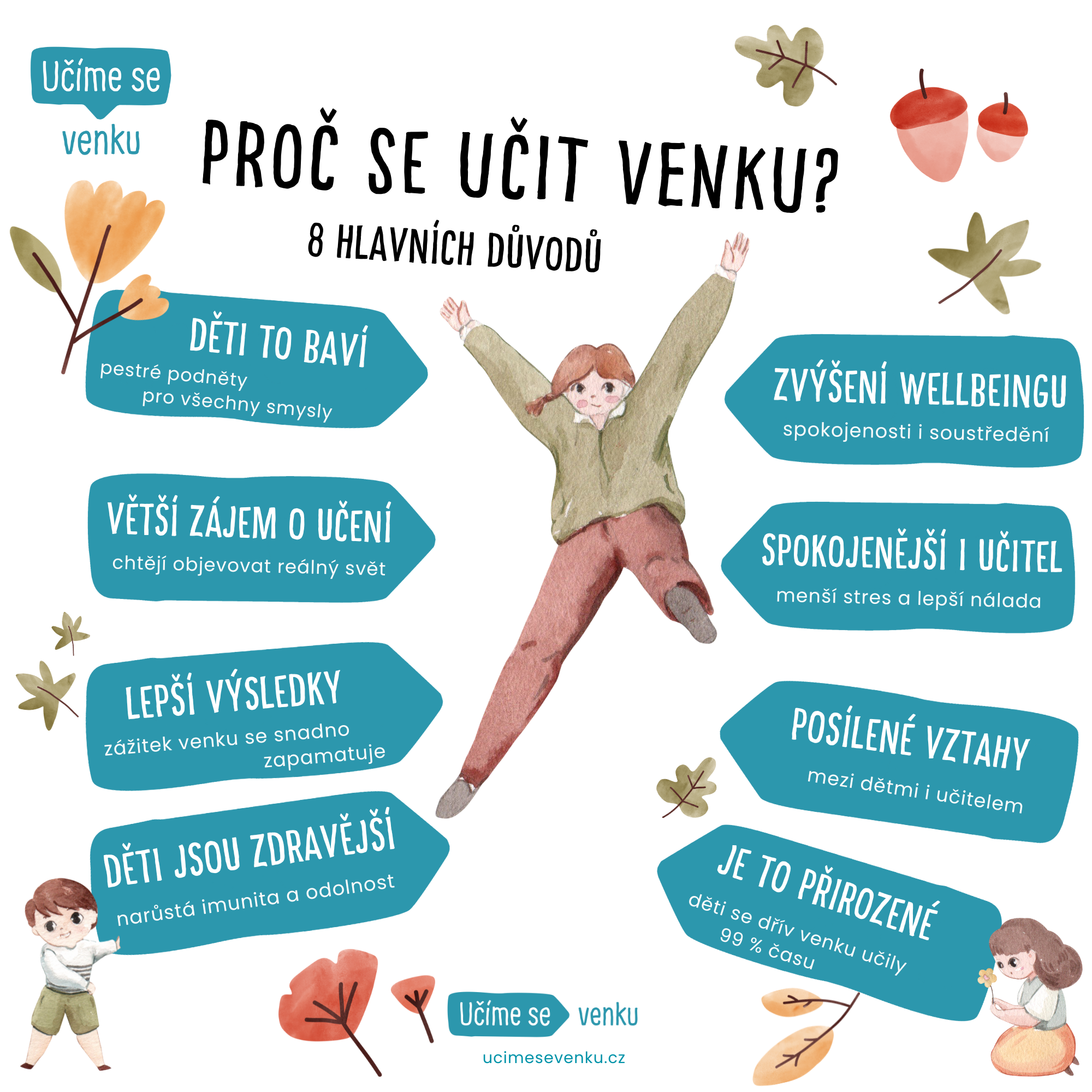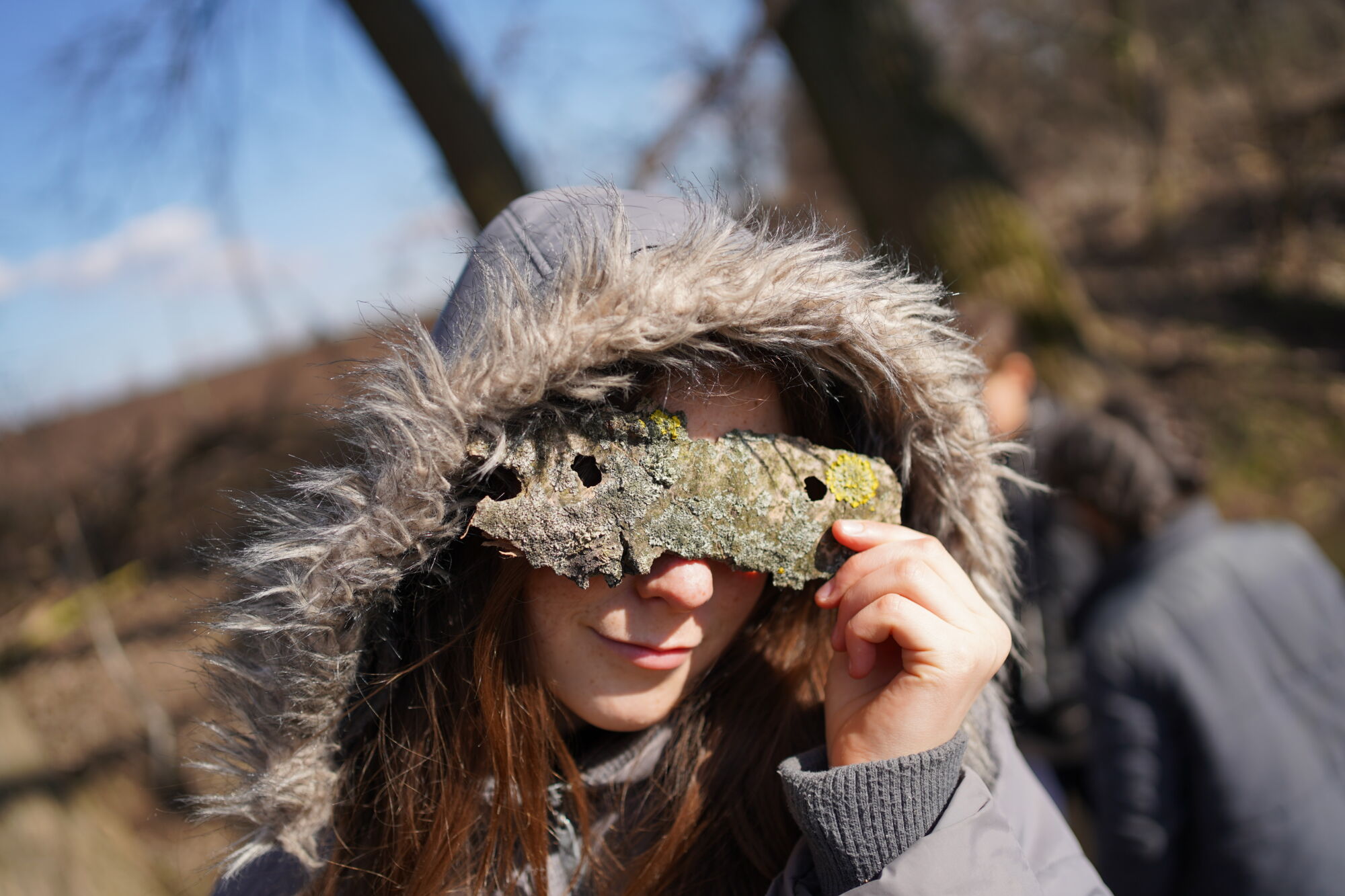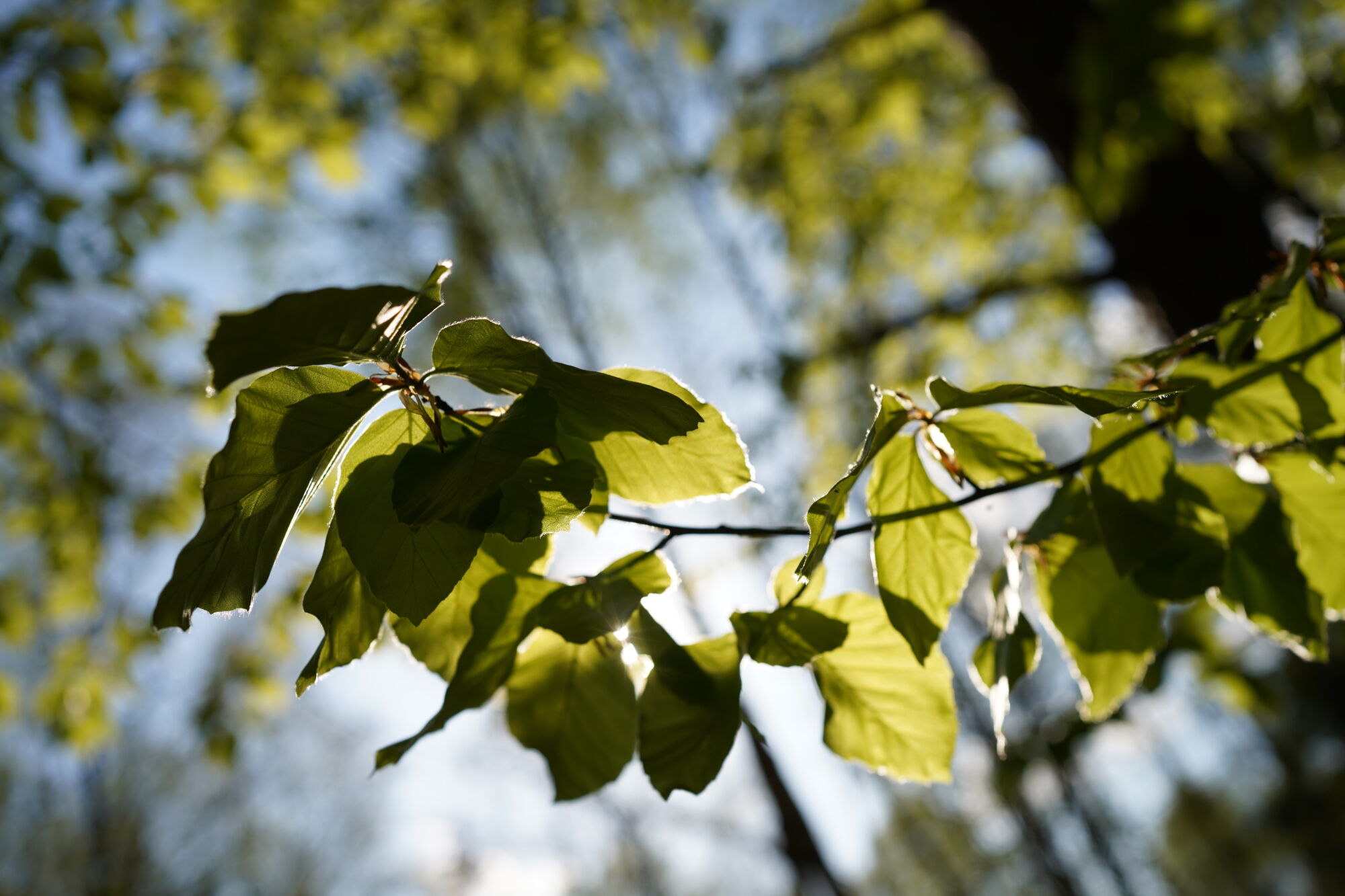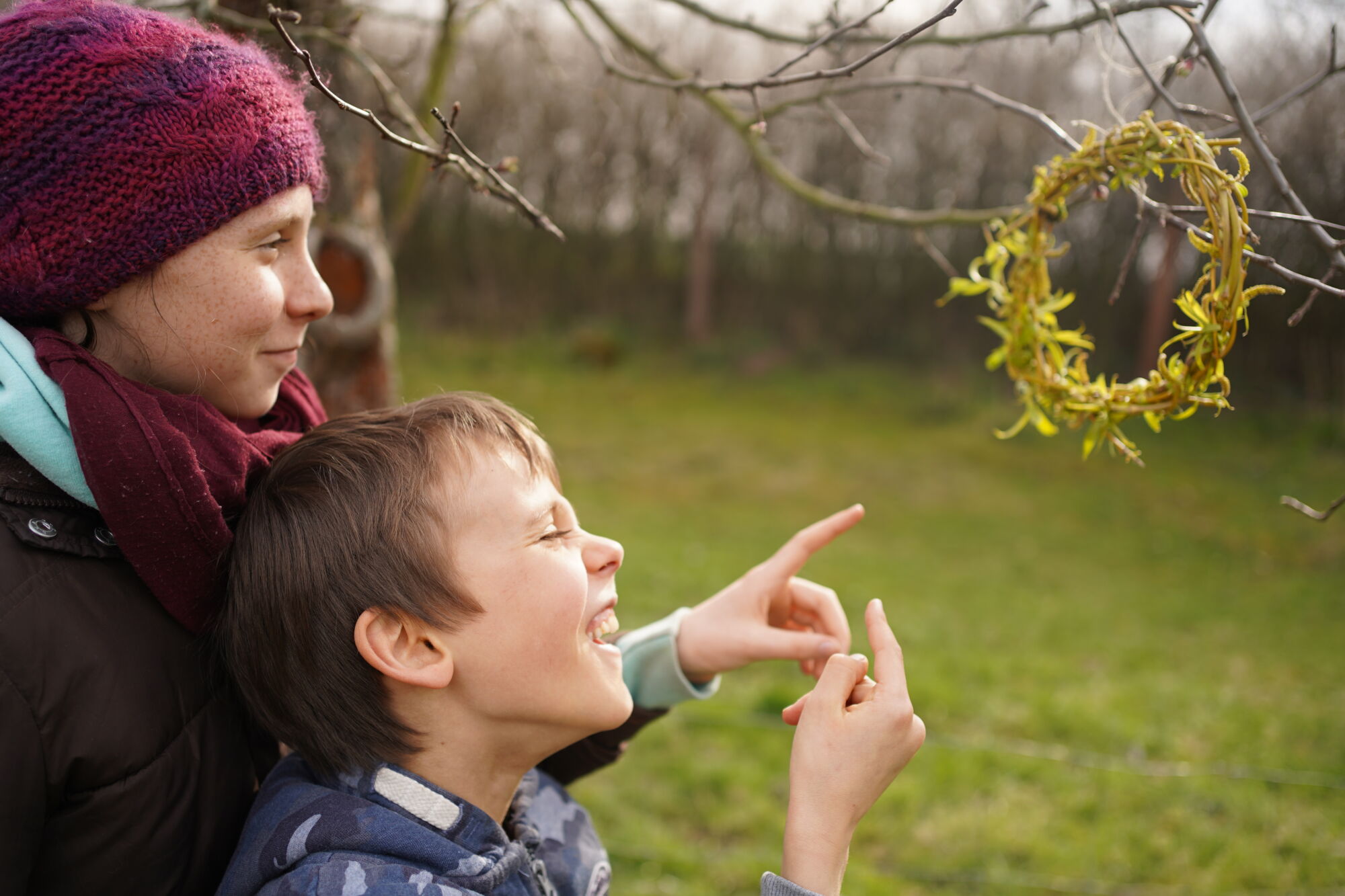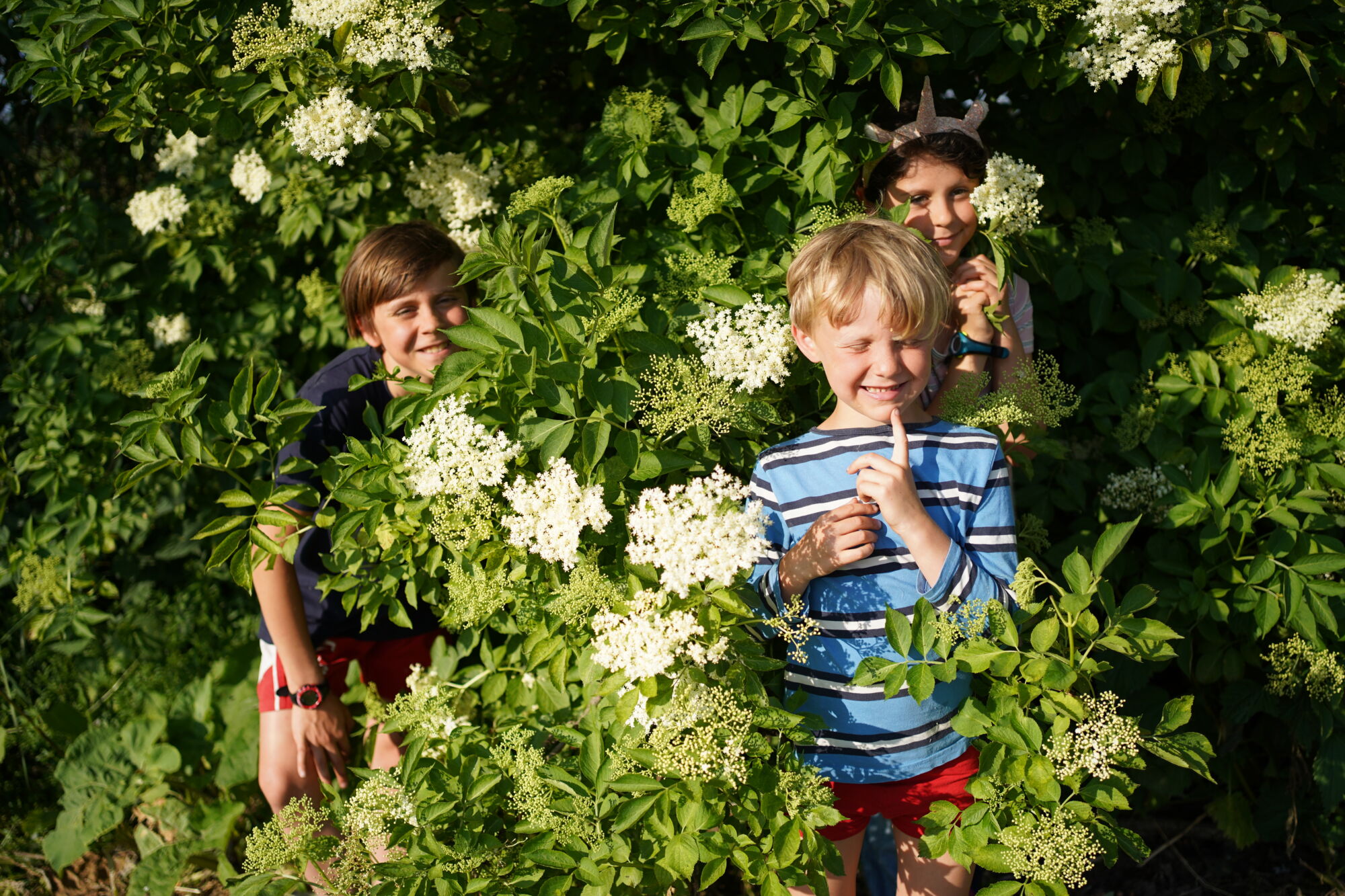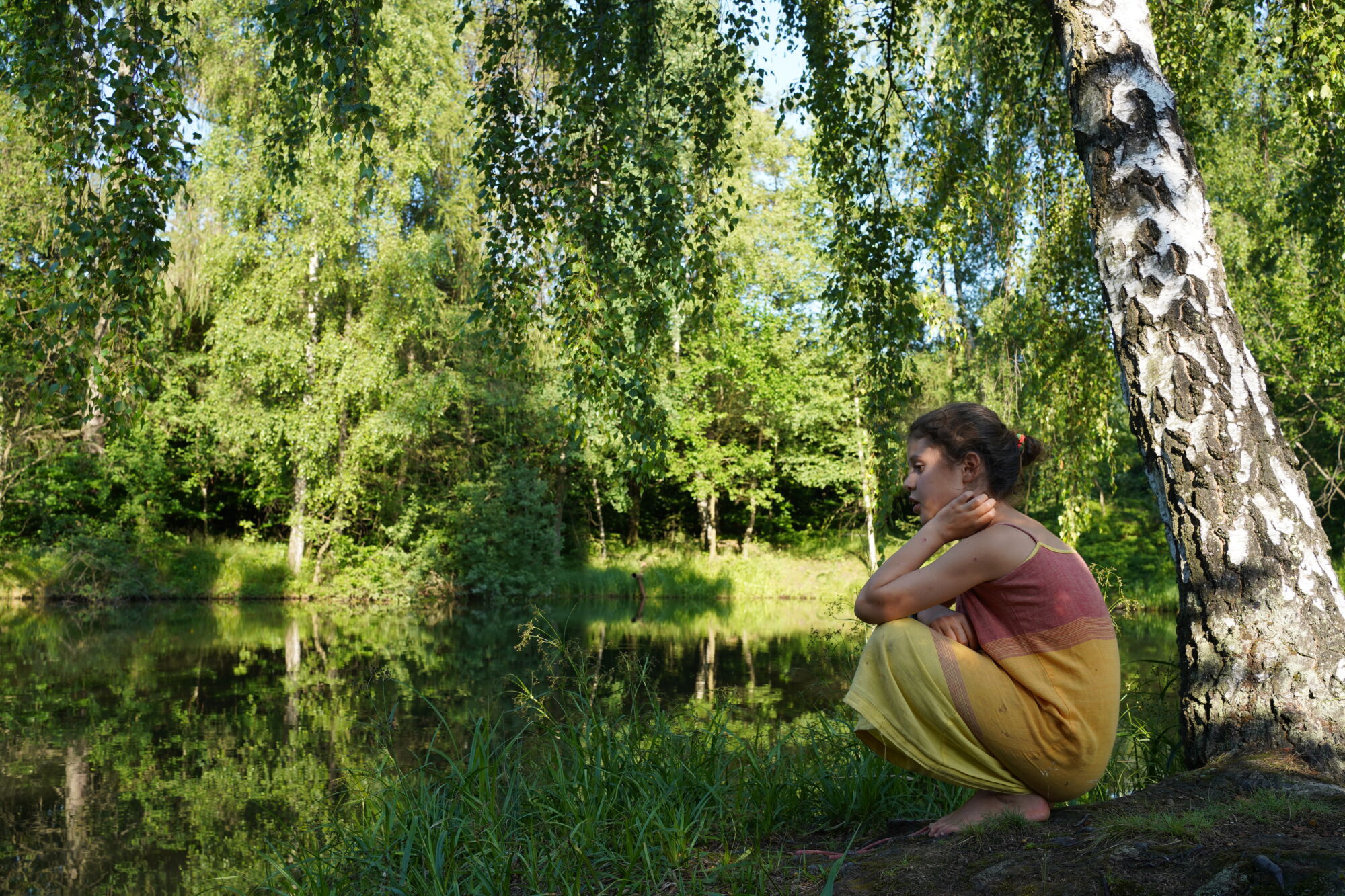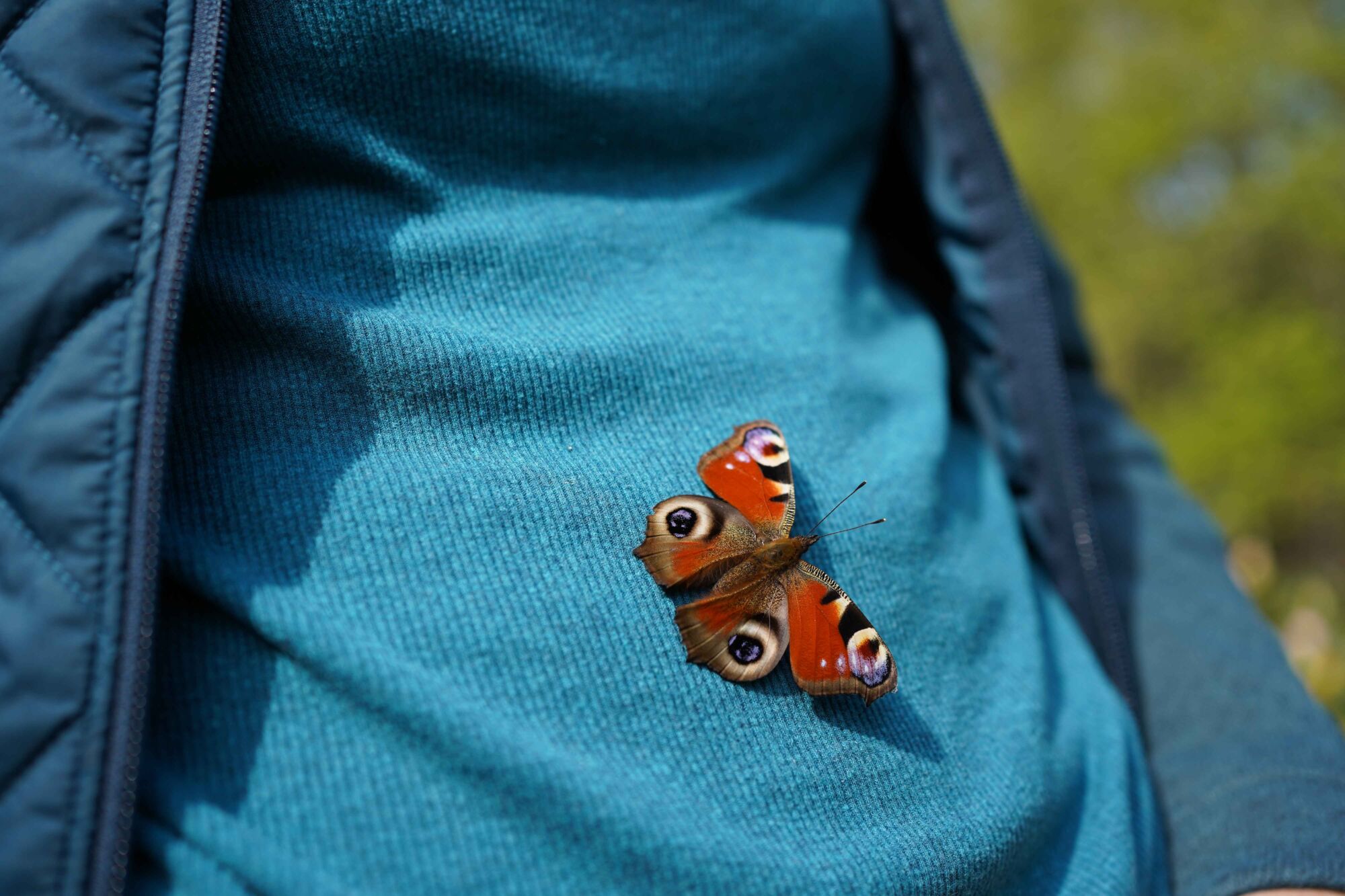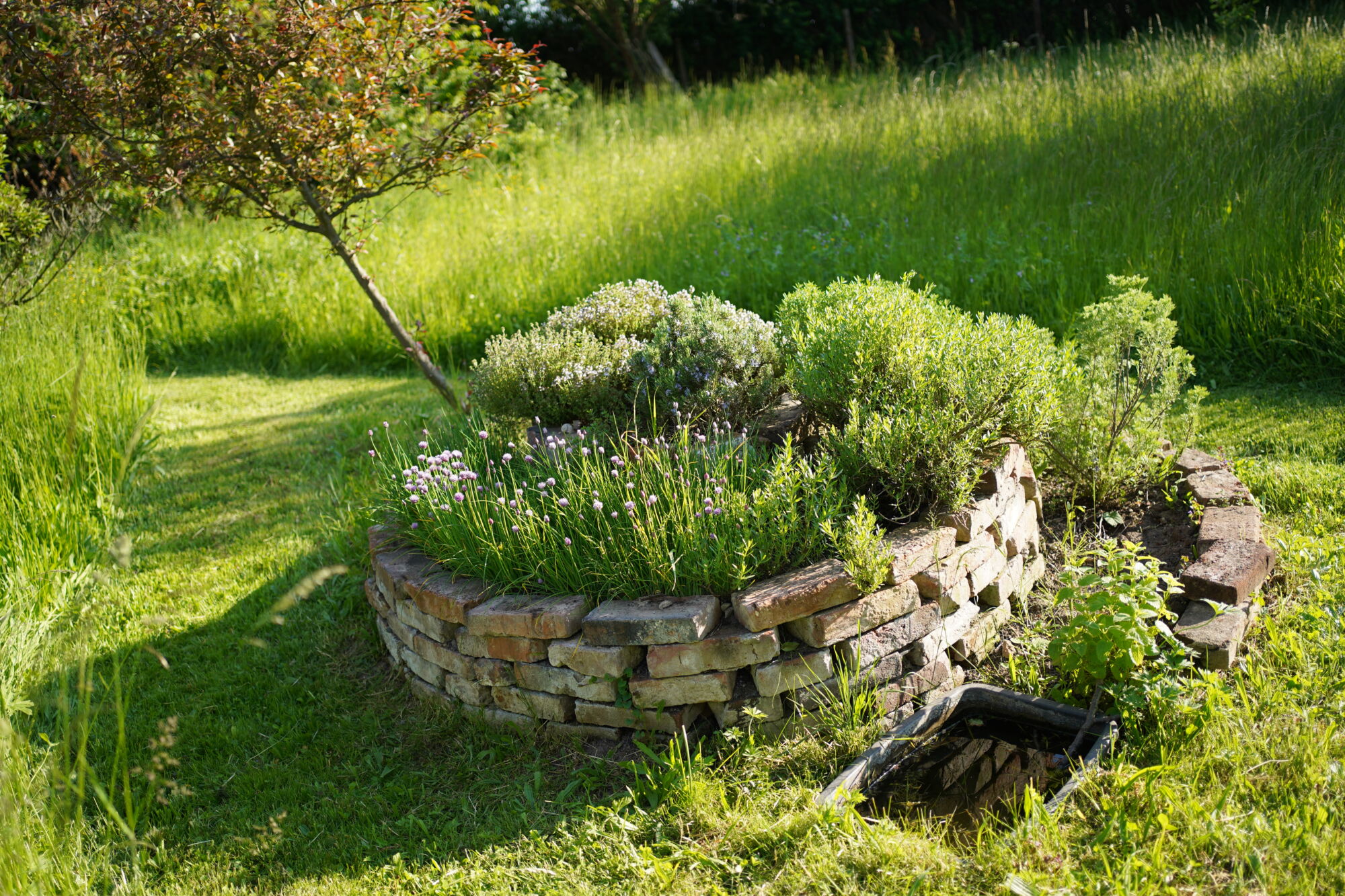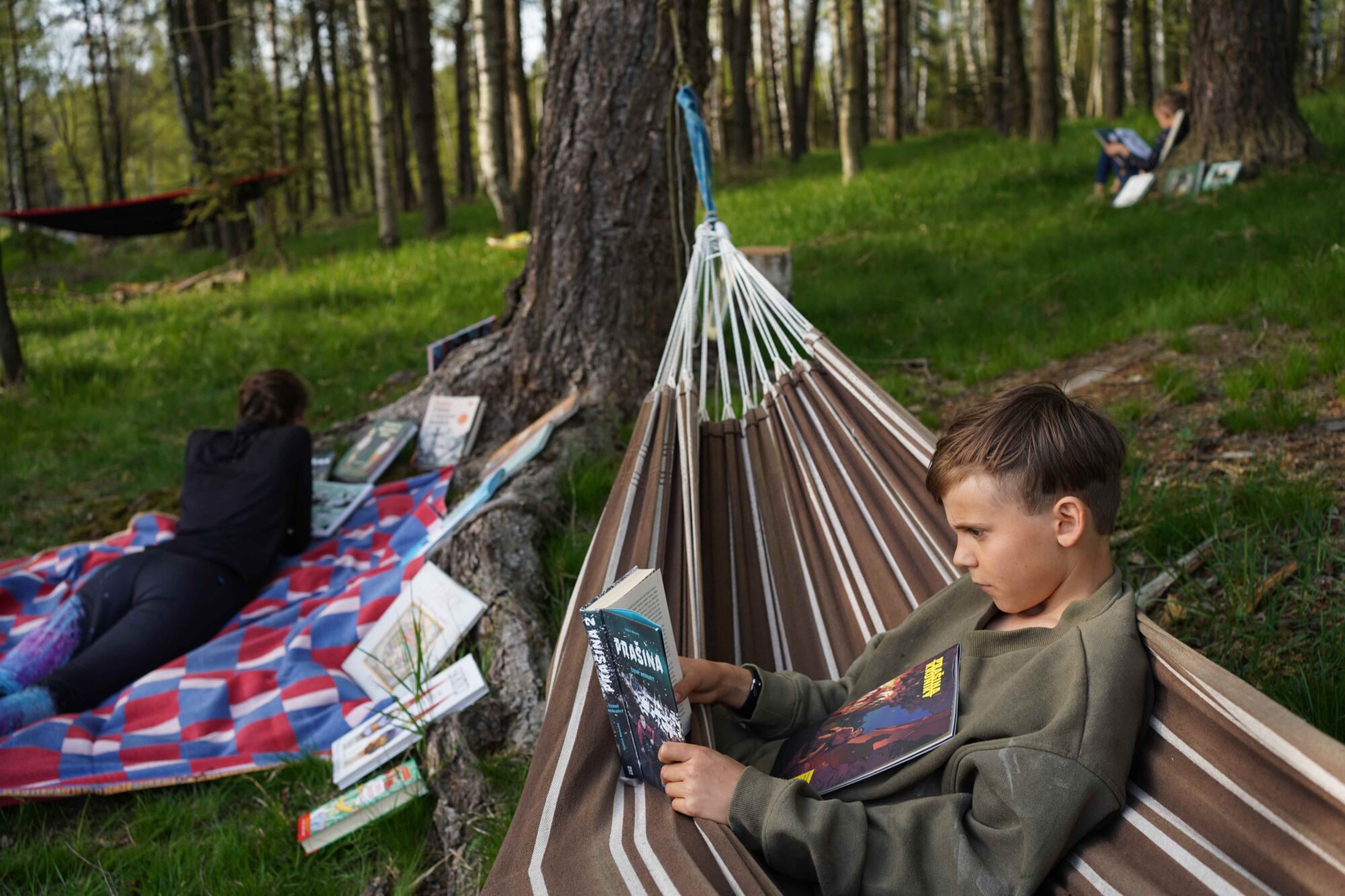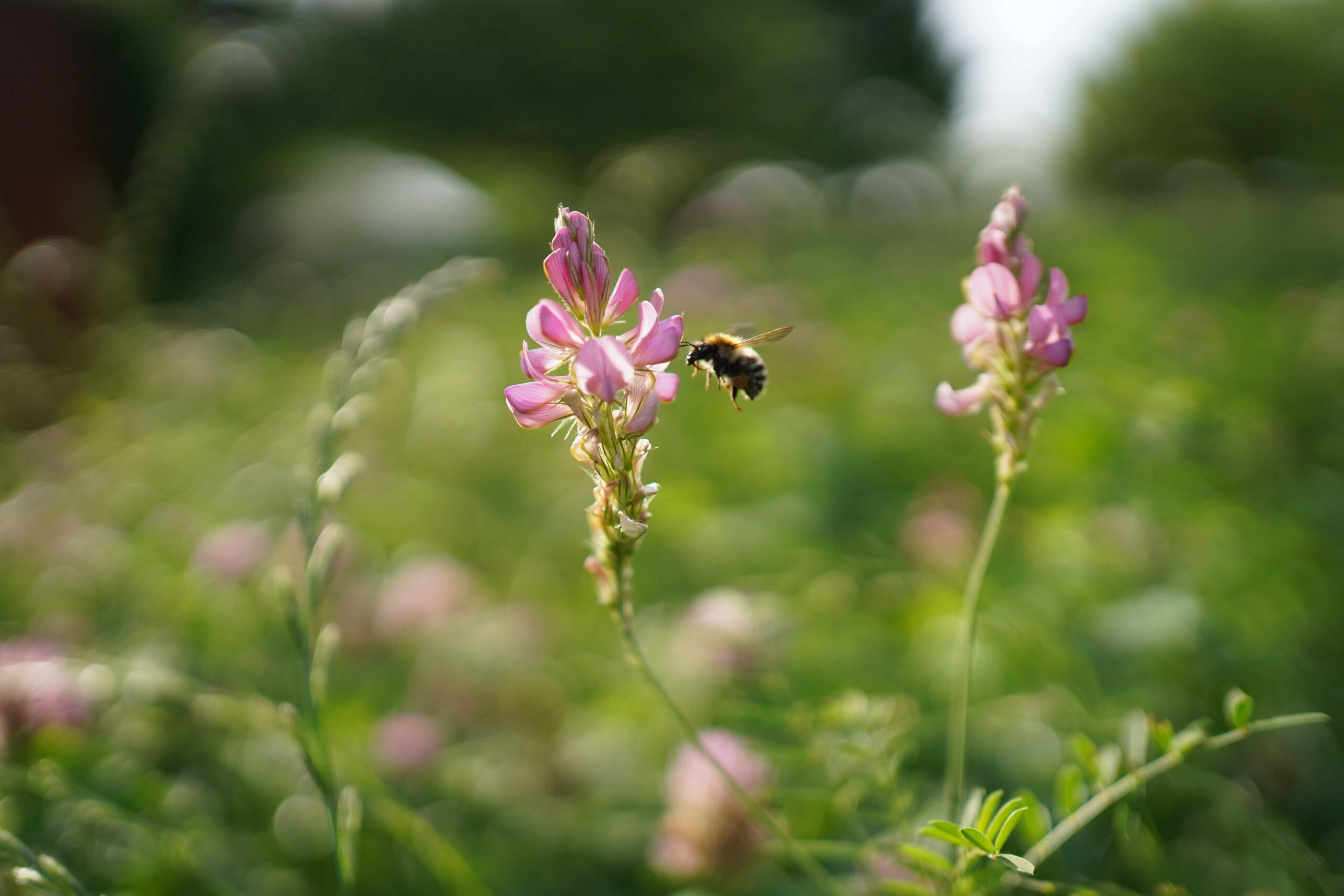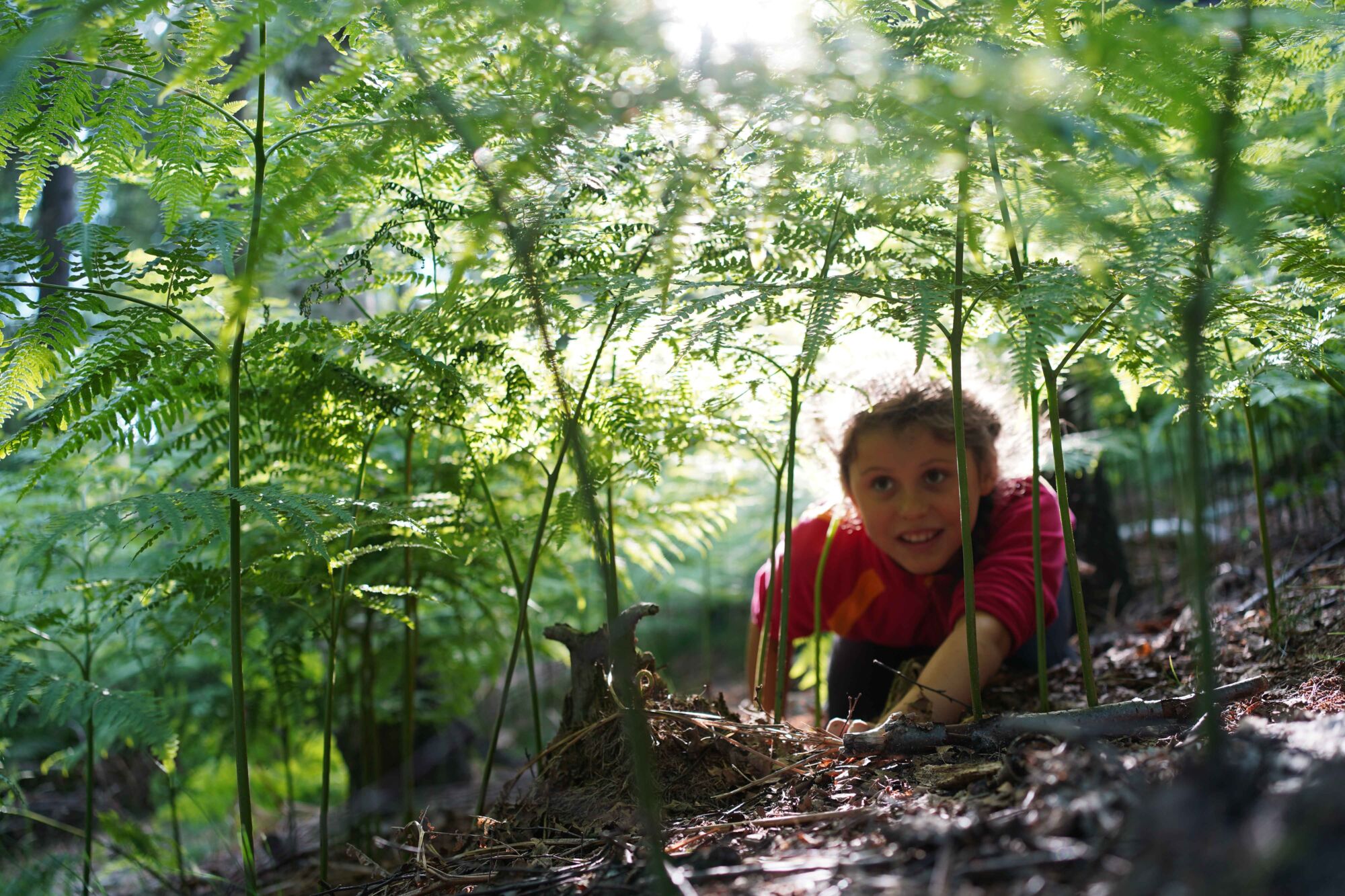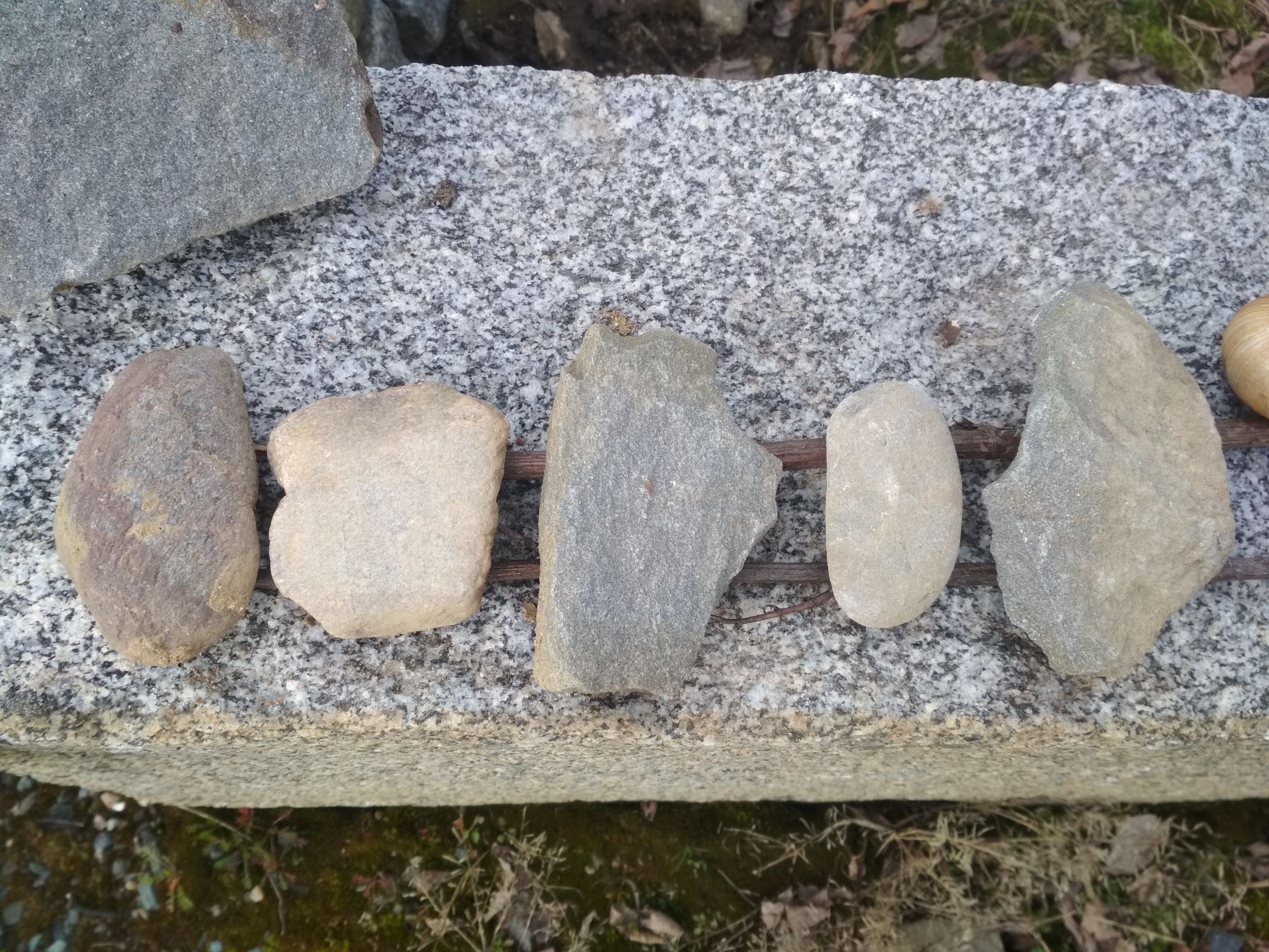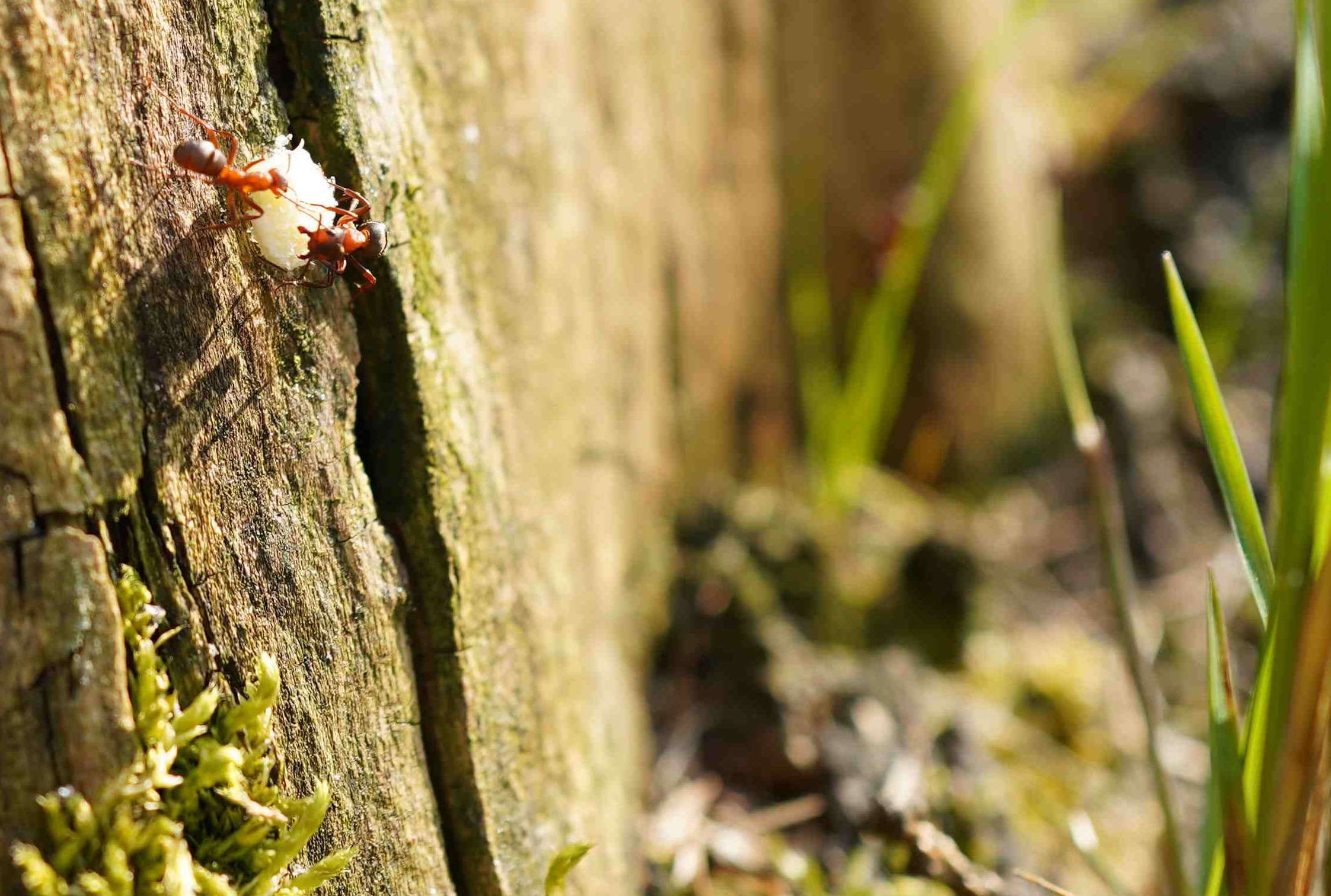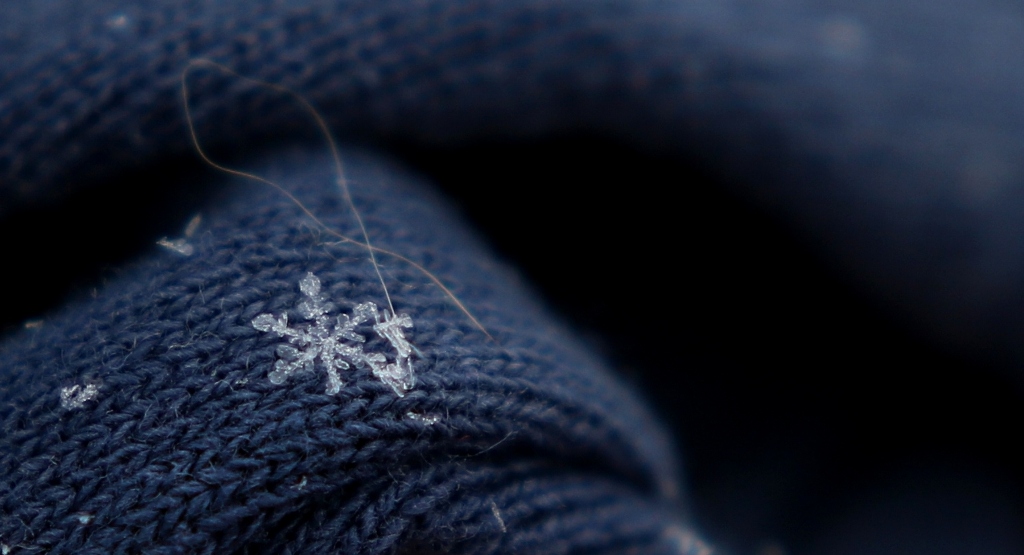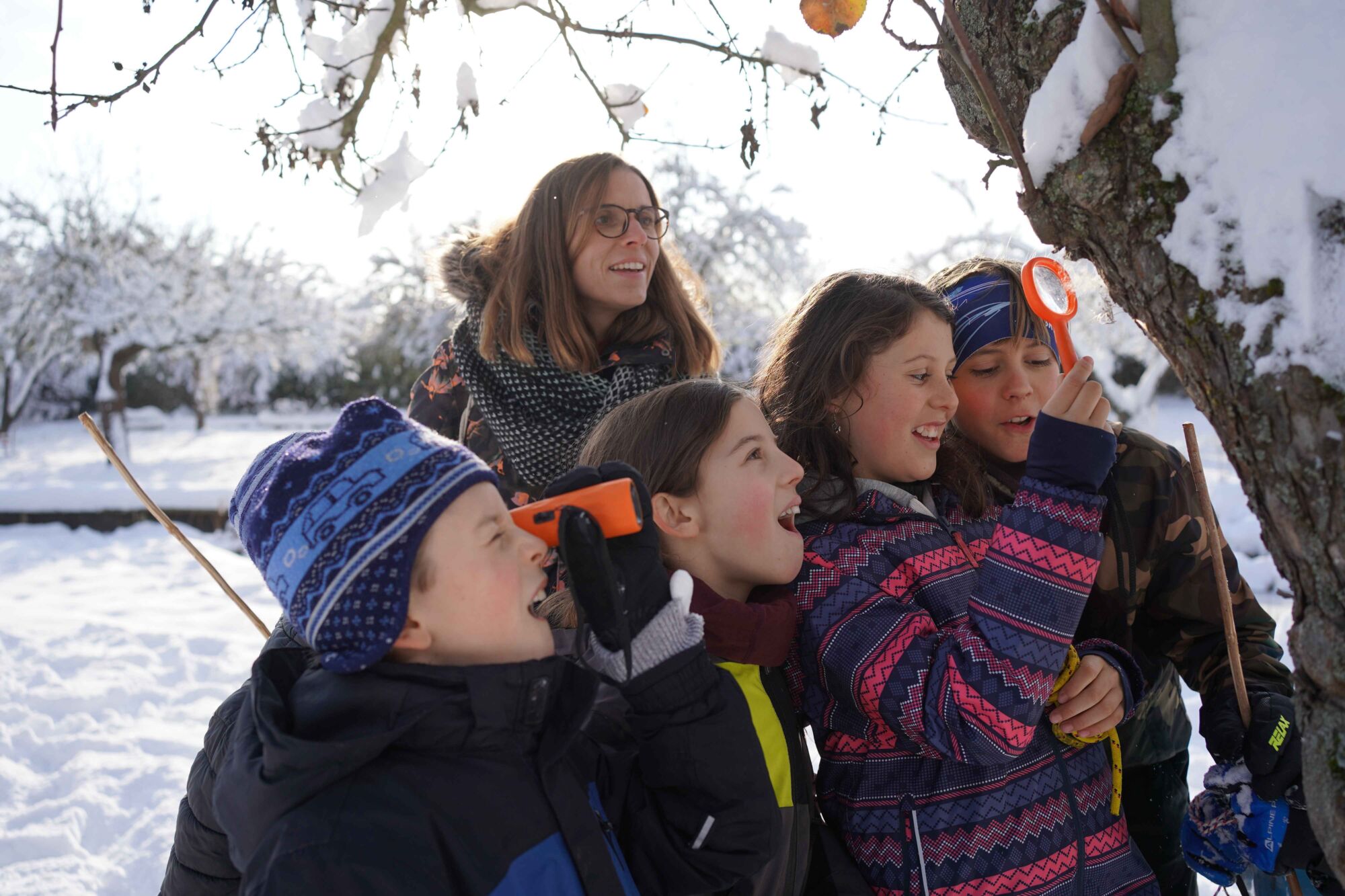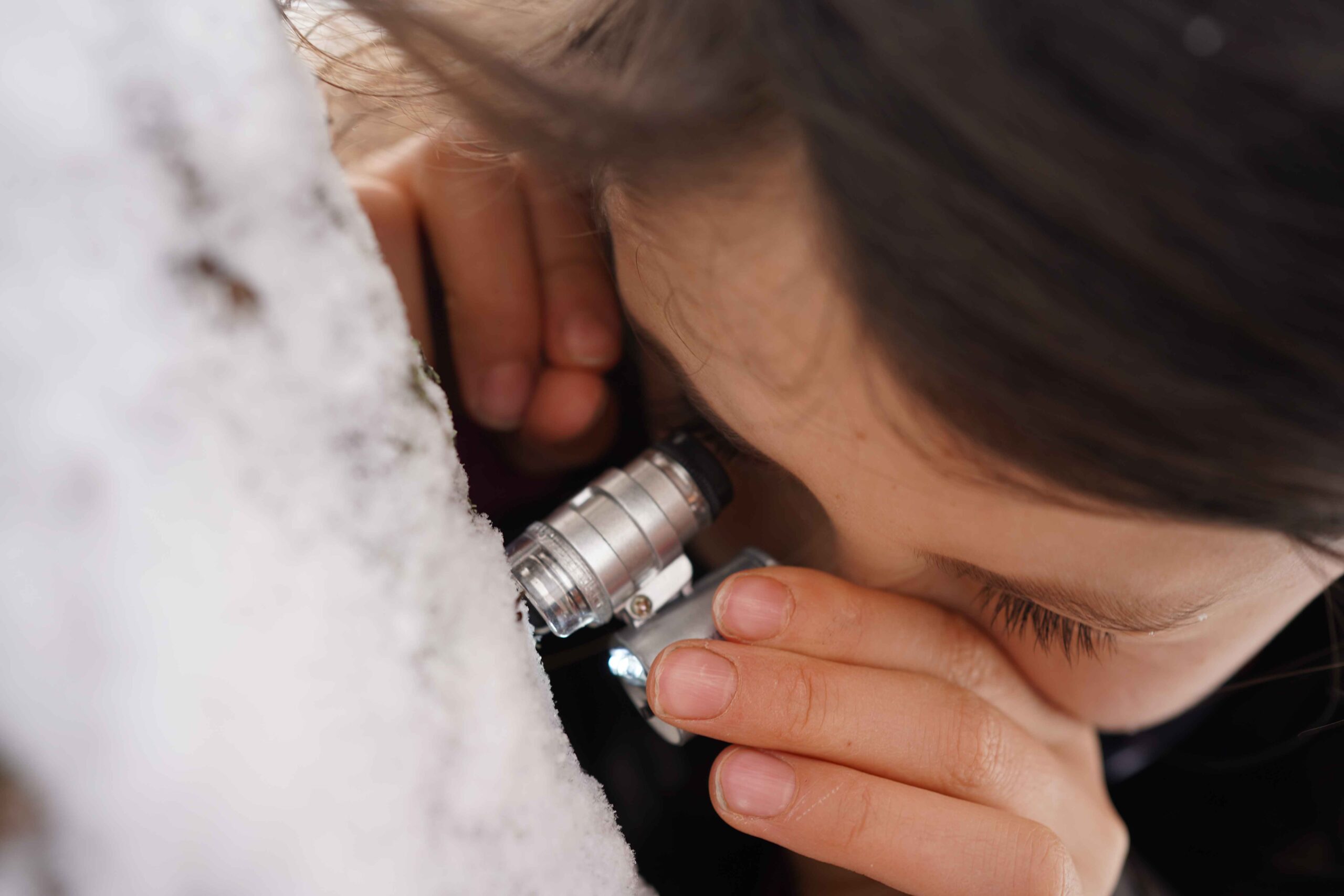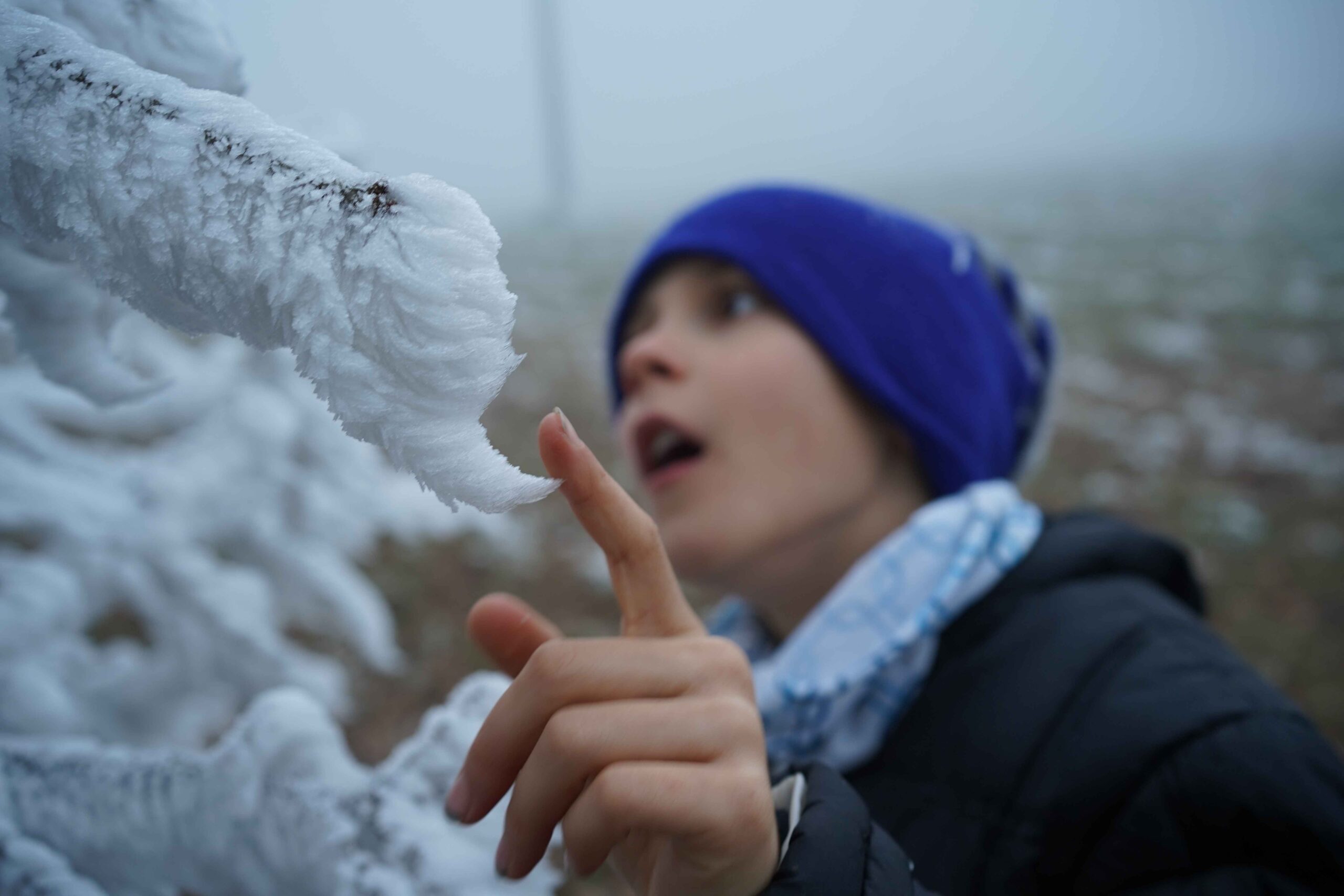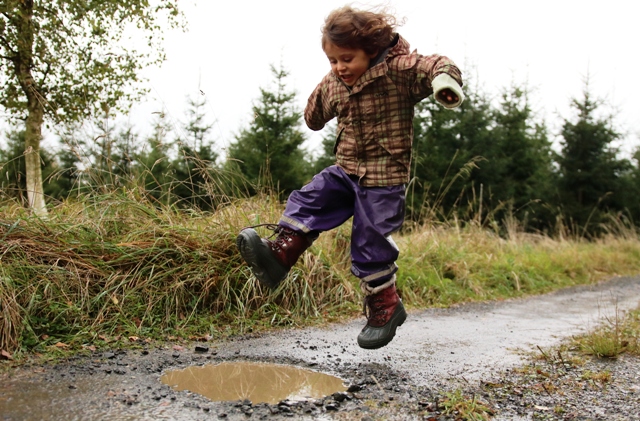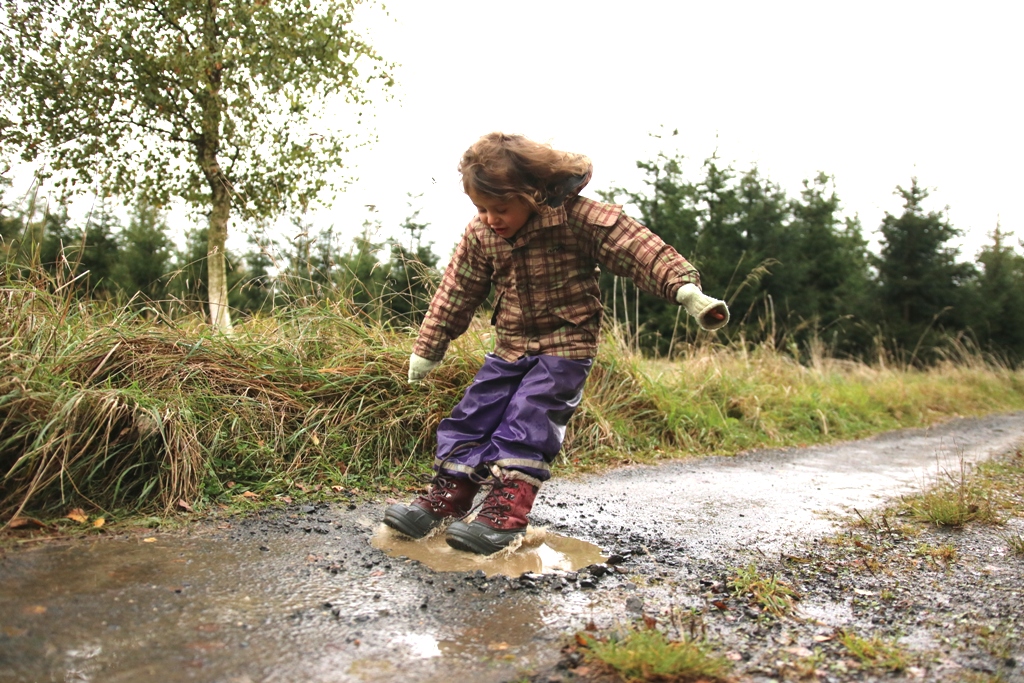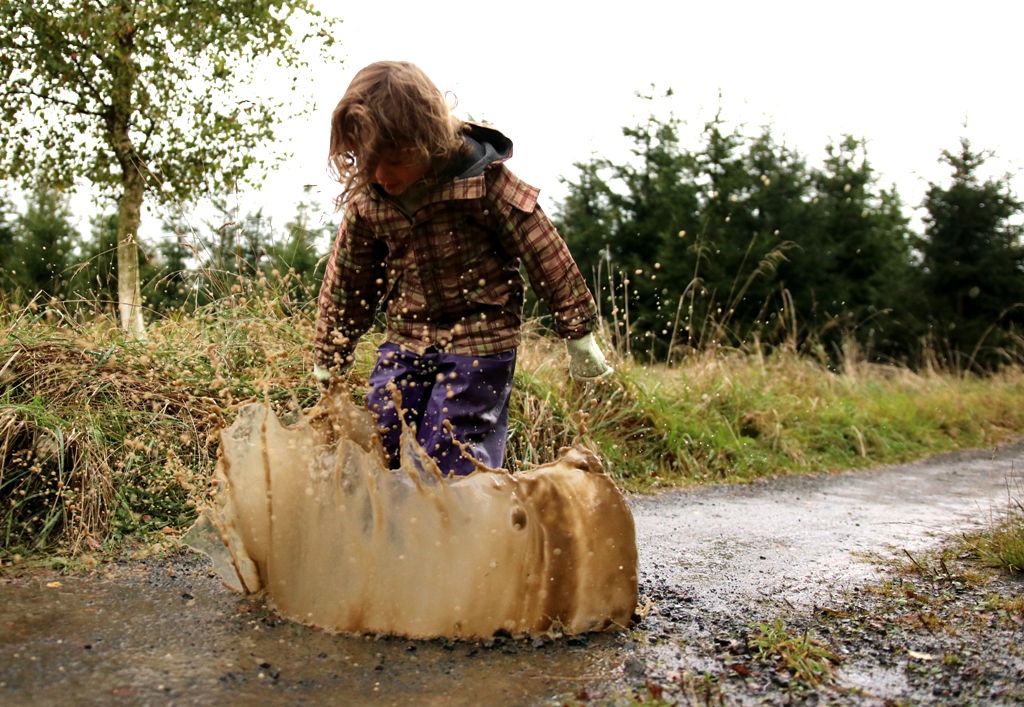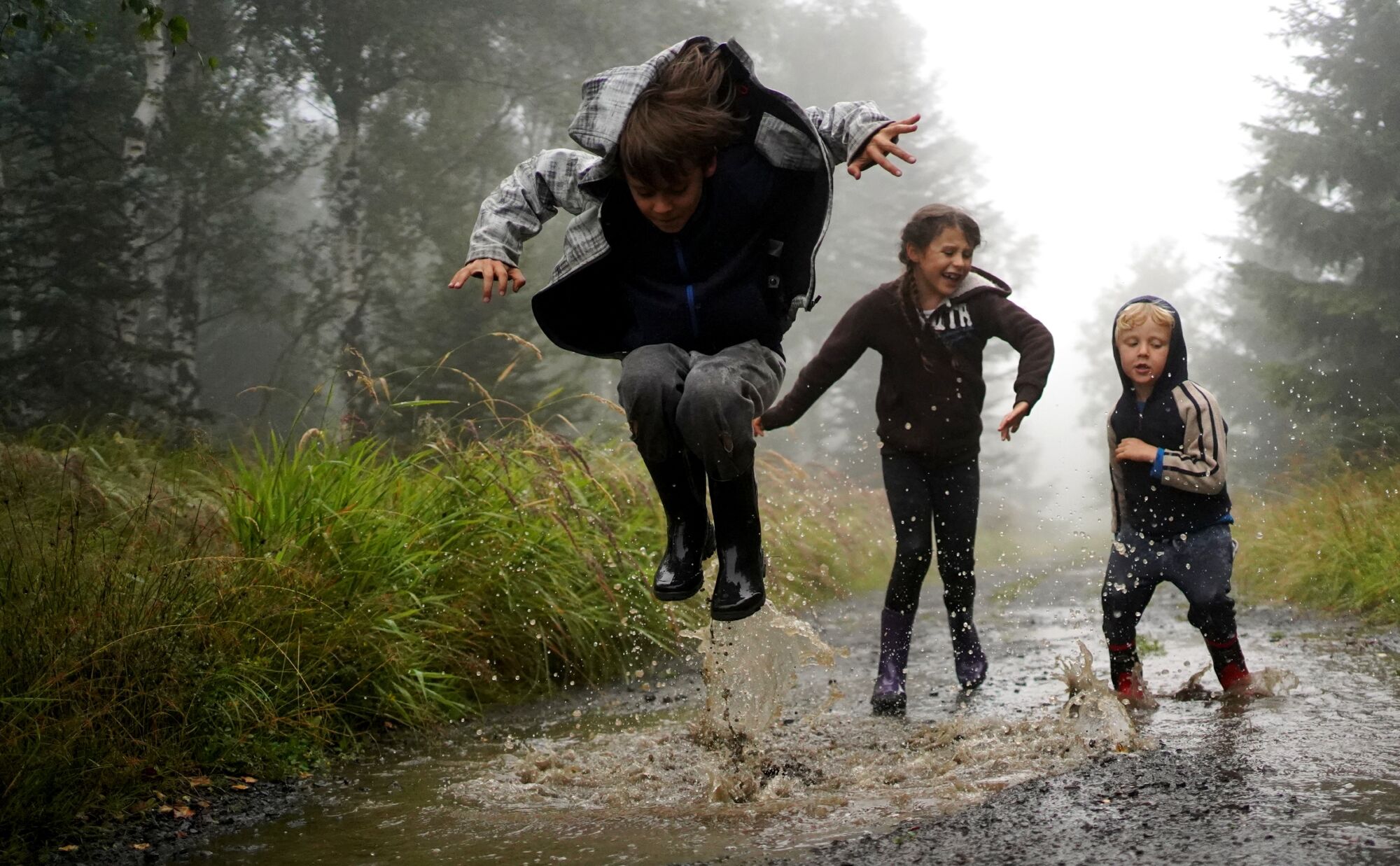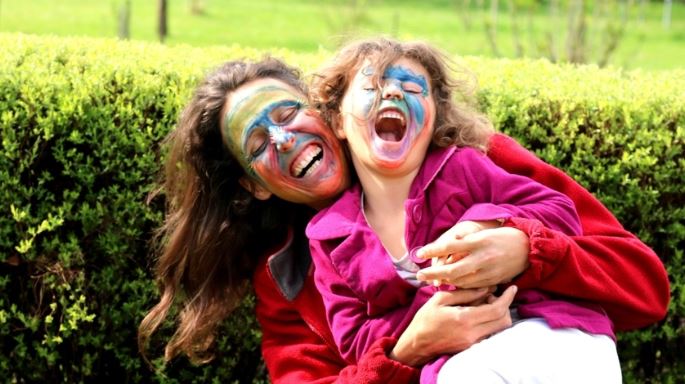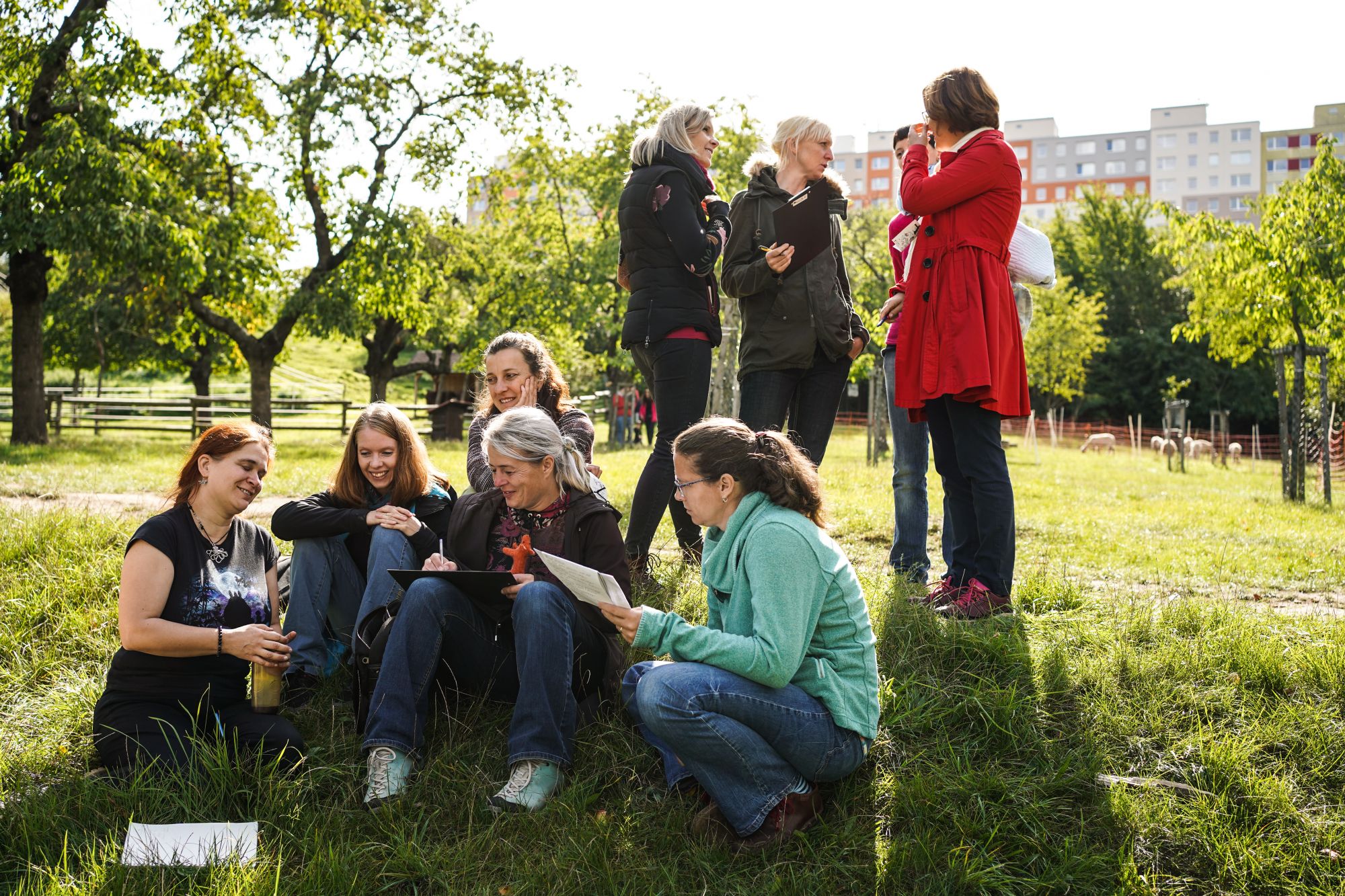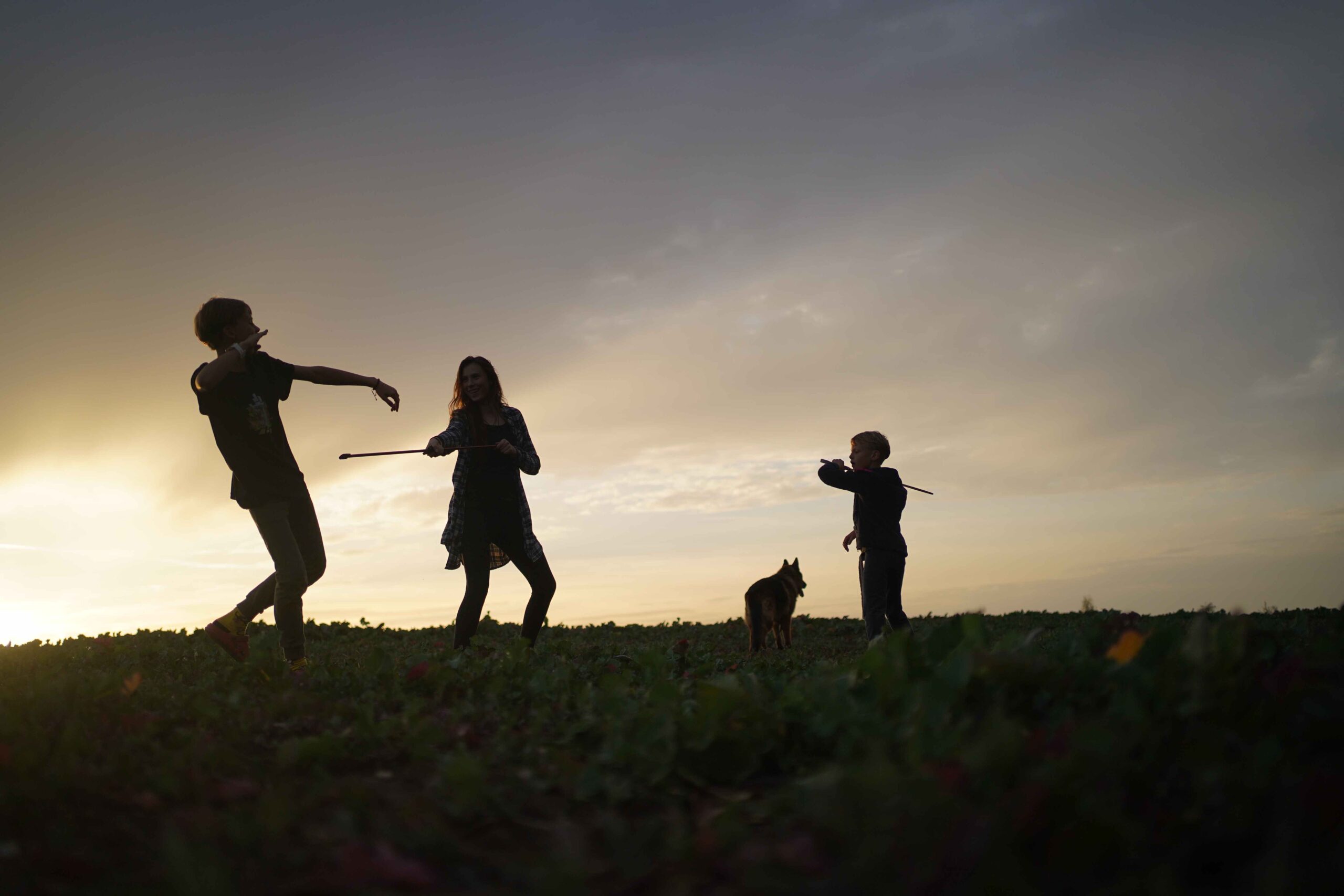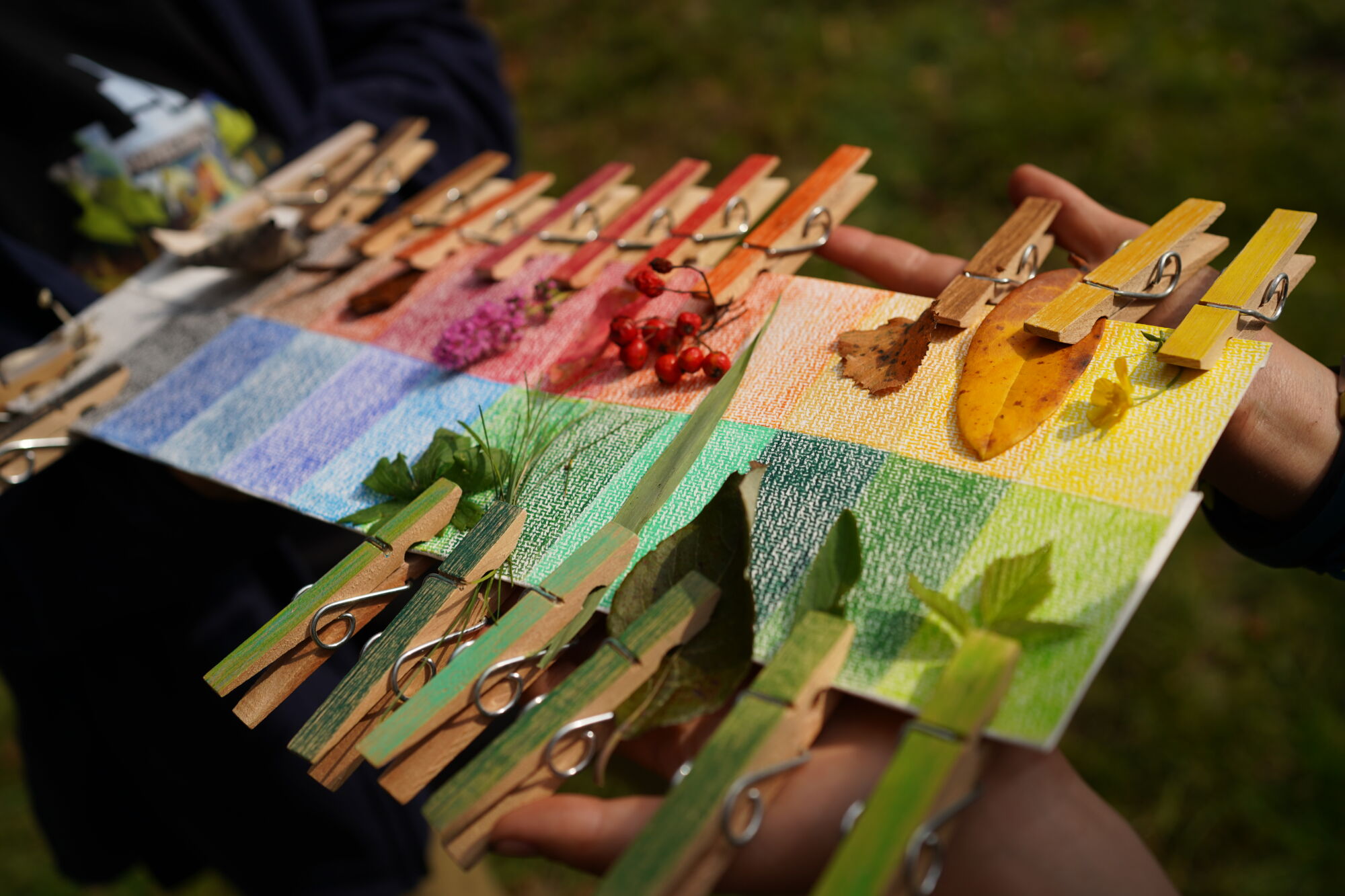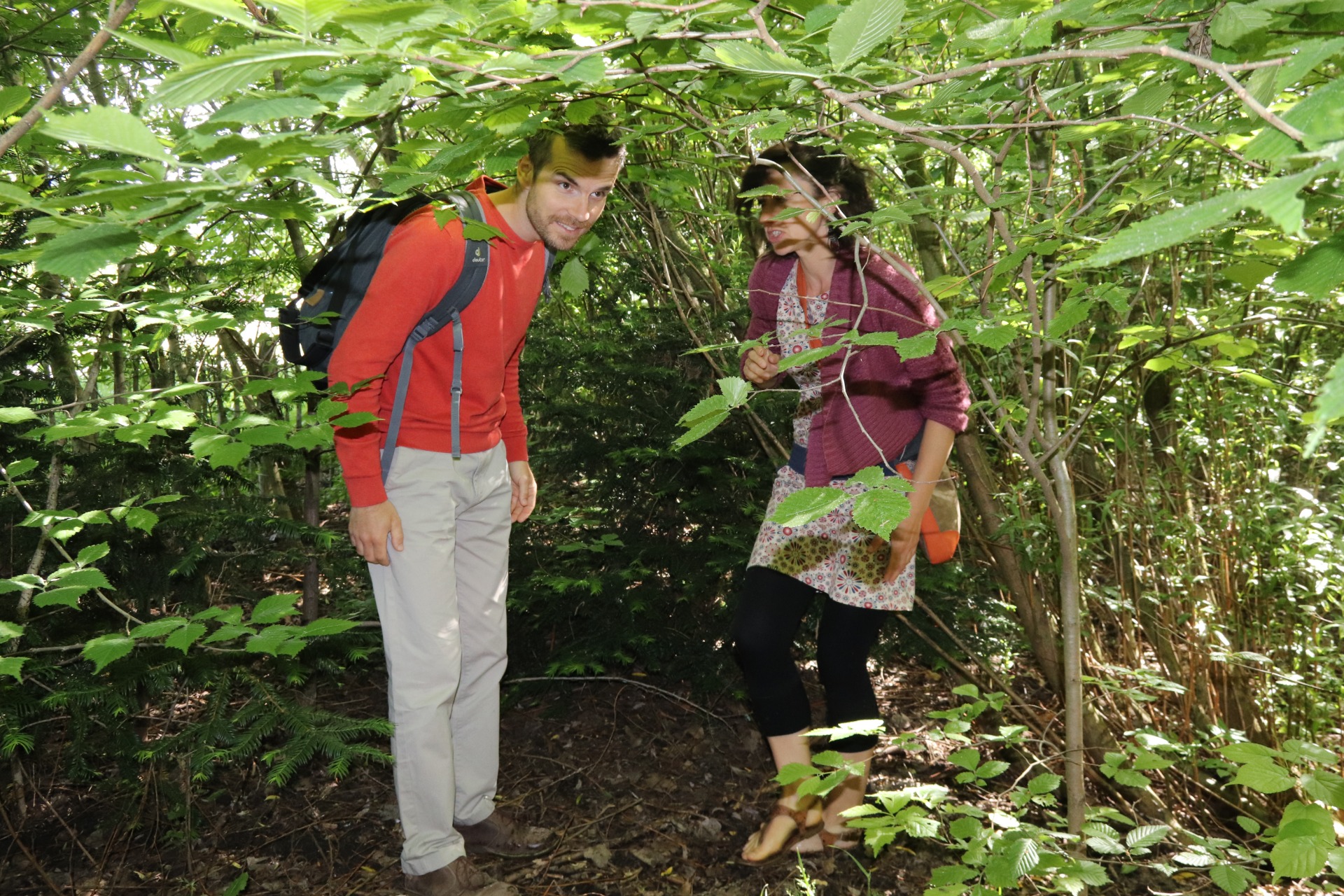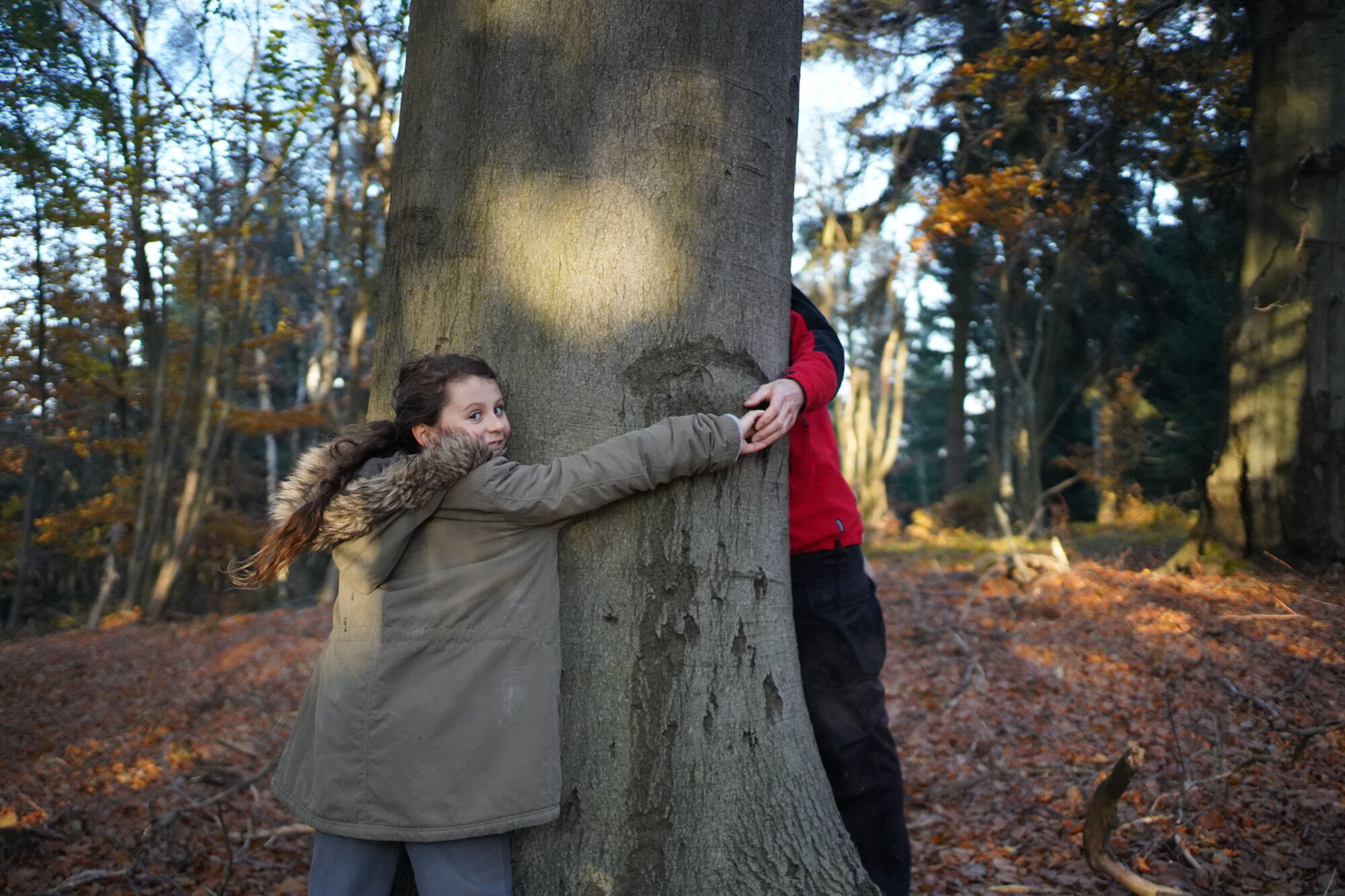“Nature is not a place to visit. It is home.”
Gary Snyder
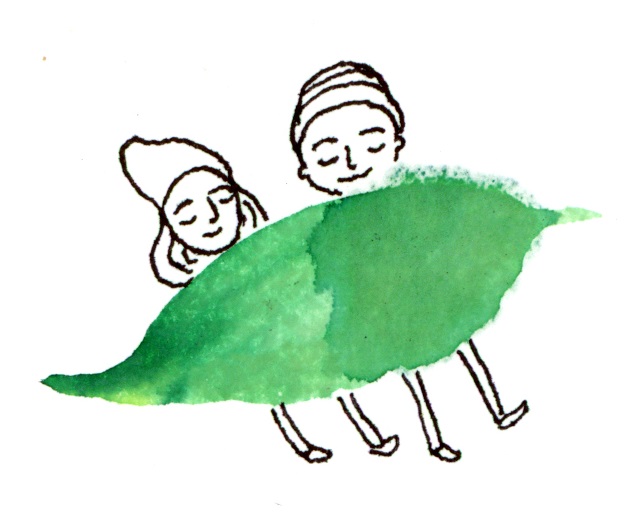

Nature is an essential place for our lives.
It brings us adults and children many benefits,
that affect our physical and mental health.
Let us invite you to the "green pharmacy".

Green Pharmacy Challenges
Getting immersed in nature.

water challenges 🙂
challenges for the feet 🙂


calls from the woods 🙂
challenges in motion

UPCOMING WEBINAR
Get inspired
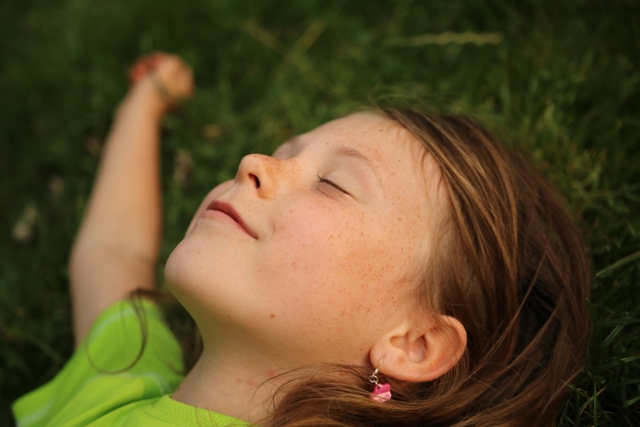
FREE WEBINAR
WELL-BEING OUTDOORS FOR KIDS
May 14, 2024 (8 p.m. CEST)
Find ways to enhance children's well-being through nature and make learning more effective. Get inspired. Try games and challenges in nature to help children de-stress, relax and recharge.
We look forward to the webinar on May 14!
Anna and Justina from Lessons in Grass
We will send the webinar recording to all registered participants.
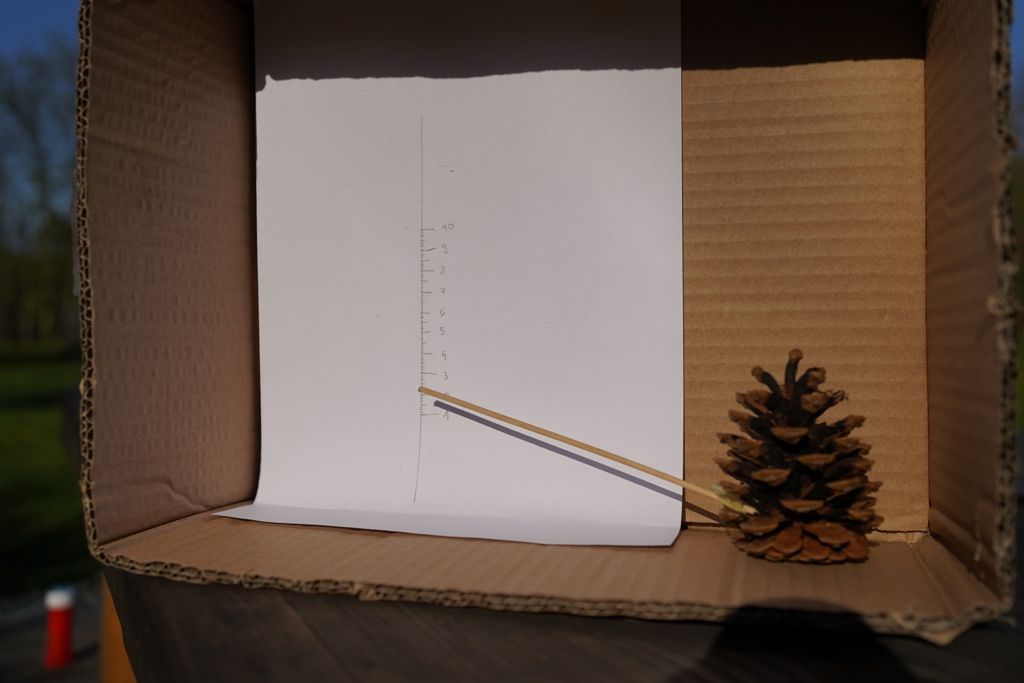
FREE WEBINAR
SCIENCE OUTDOORS
May 14, 2024 (8:30 p.m. CEST)
Celebrate School Grounds Month by exploring science outdoors because the biggest interactive lab starts at your doorstep. Just open the door and step out. There are endless learning opportunities awaiting us, it's just a matter of looking the right way.
We look forward to the webinar on May 14!
Anna and Justina from Lessons in Grass
We will send the webinar recording to all registered participants.
DESCRIPTION OF CHALLENGES

What's the magic?
How will this activity contribute to my well-being and the well-being of my children?
Small objects naturally attract our attention and regenerate our minds. If we want to observe them, we must slow down our rather busy days.
Moreover, we develop tactile sensitivity, the pebbles in our fingers are somehow soothing, and grounding, we feel the pleasant weight and lightness of pebbles or stones.
With the natural objects in our hands and our attention focused on them, we generally calm our organism or, on the contrary, we draw energy through play and discovering something interesting.
Children relax by playing with stones. Similarly, for us adults, directing our focus towards stones offers a respite from the constant stream of thoughts, tasks, and challenges of everyday life.
You need: nothing is needed; only a place full of stones.
Stones fascinate us, children and adults alike. Sometimes we just walk on them, rushing, but all we have to do is slow down, pause and look under our feet. And then you start to see the treasures. Each one is different. Let the calm and stability of the stones slow your days down. Find a suitable place or stony path and immerse yourself and the children in stone games.
TIP: It's even more powerful when you connect stones and water. For example, if you stop at a stream, river, puddle, or bring a bowl of water to a pile of stones, then miracles happen.
Ideas on how to do this. Find boulders, stones, pebbles; you can look for and choose from them:
- the prettiest,
- the smoothest,
- the roundest,
- look for opposites,
- stack them up and build walls or shapes out of them,
- move them around,
- throw them,
- balance them on your foot, on your head, on your nose, etc..,
- stroke them,
- use them for a massage,
- carve something with them,
- tap them against each other,
- explore what they remind you of,
- tell stories about them,
- hide them like treasure,
- awaken the characters in them and invite them to play,
- build a stone den for goblins,
- hide them in a box to make a rattling musical instrument,
- make them into a tool for creating in nature,
and many other fun games.
TIP: make a little stone pit in your area, in addition to a sandpit. A place where you collect found pebbles (e.g. a box, bucket, pile under a tree). Make a village of little trolls, draw little eyes and noses on the stones in your stone pit and hide them so you can't tell they are trolls, then turn them around and let them all smile at the world.
TIP: For children who have been sitting inside for a long time, it's important to give them plenty of running and romping around before experiencing the nature activities.
What's the magic?
How will this activity contribute to my well-being and the well-being of my children?
Small worlds allow us to immerse ourselves in a new reality and forget our own for a while.
They give space for creativity and play with natural materials that regenerate our attention and improve our mood. That's why children enjoy building gnome houses so much 🙂
You need: nothing is needed, just natural materials, if the children want they can add strings and other items
A landscape doesn't have to span vast distances between horizons; it can be as small as a square meter, a tree stump, or a pot.
This is the landscape of children who can't reach over the horizon (yet). Children are happy to create beautiful houses, farms and battlefields in a small place. Find a suitable place and try to build your little worlds. If necessary, show the children how to do it. Then everyone can unleash their imagination and create independently or together in a group. You can also add characters from natural materials as inhabitants of the small worlds.
TIP: If someone is tired of building houses in small worlds, give them a different challenge. Have them build a model of the playground they would like to have for themselves and their friends.
To finish, it's a good idea to walk through all the buildings and imagine the stories that could take place there. Who lives here? What does he or she like here? Where does he rest? Where does he get his goodies?
TIP: Place your little elves (characters made from natural materials) in your microworld. Then show your landscape to your parents or friends, will they find all the elves you have hidden??

What's the magic?
How will this activity contribute to my well-being and the well-being of my children?
You develop a focus on a different sense than sight.
You expand your perception of your surroundings and focus only on the sounds around you.
You can relax your direct attention and your capacity.
It's a surprisingly effective short activity that can calm the mind and immune system (if you listen to the pleasant sounds of nature).
The most popular sounds are the water sounds, the sound of waves (not only sea waves), the sound of birds and the sound of branches in gentle breeze.
You need: nothing is needed just a willingness to listen
The wind is a messenger that carries many messages to us or from us - sounds drift on the waves of the wind. Have you ever noticed how many sounds are around us? And how do they affect us?
Walk away from the road, path and village until you hear no "human" sound, listen to your own breathing, stand still and watch nature return to its natural sounds. Which natural sounds will you hear first?
Find a comfortable spot and try to just listen for a while with your eyes closed. If this is still challenging for the children, just hold on for a moment (perhaps half a minute) and gradually extend the time on subsequent visits.
TIP: SOUND MAP
You need: paper, pencil, crayons
If you want, you can draw a sound map. Draw a circle on paper to represent the space around you. Then listen to the sounds and gradually draw or write down what you hear where. Play the same game outside in nature, in an urban area, by the road or inside a room. How are they different? Where do you feel the most comfortable?
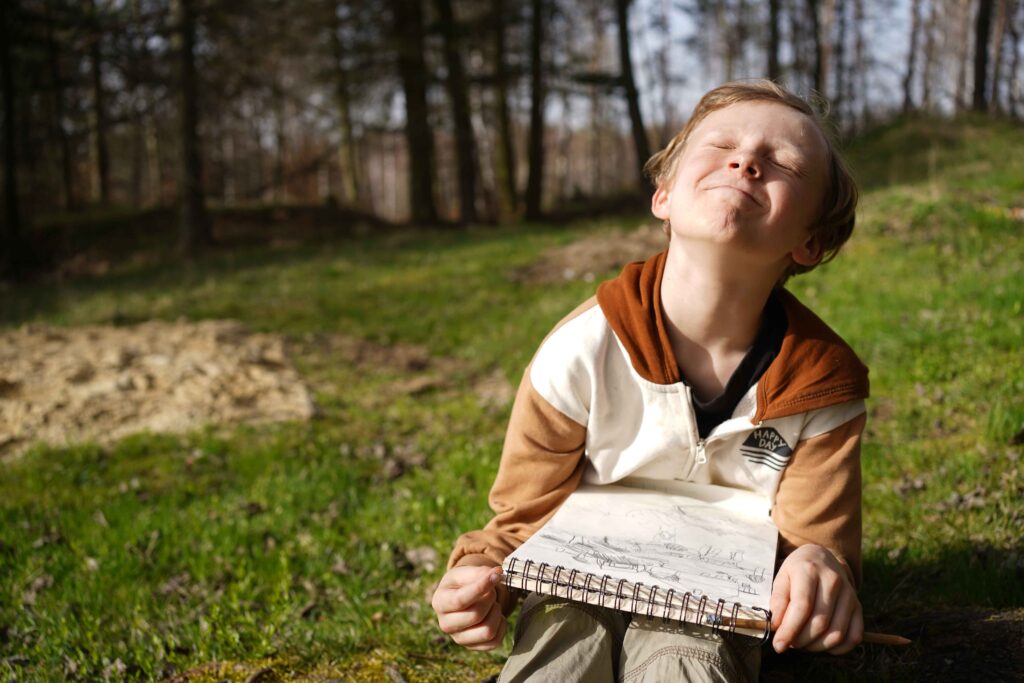

What's the magic?
How will this activity contribute to my well-being and the well-being of my children?
Water is an element that naturally attracts and relaxes our attention.
Its fluidity, calm and depth naturally comfort us. We can let go of all our worries. To discover its natural flow, the fact that it is always changing, and to accept this givenness as a fact.
Moreover, the sound of water has a calming effect in itself.
For children, furthermore, the energy of water as an element is a quick invitation to free play, which also has great therapeutic effects.
You need: you don't need anything special, just the desire to explore
Where is water all around us? And what sounds does it make? Take a moment to talk with the children and guess where water is hidden and what its sounds are.
1. Listen if you can hear water somewhere under the roof. In the apartment, house, school, kindergarten.
2. Go for a walk and listen to the water outside among the houses and in nature, in the park, in the garden, in the woods or by the stream.
3. At a stream, near puddles, or ponds, you can try to step into shallow water and listen to it really closely. What sounds does it make? With your eyes closed, try sitting on the bank of running water or just the splashing edge of a pond, listen to the rain and the wind in the canopy. Listen until all you can focus on is the water. Imagine you are sitting on the edge of Niagara or the seashore.
Compare the sound of a spring, a stream and a river. Listen to the sound of reeds, frogs and birds around the water.
(4.) For the brave. Listen to the water underwater, dive into a pond or stream, close your eyes, plug your nose and let yourself be carried away by the silence of the pond or the gurgling of a wild river.
TIP: You can stick up a large piece of paper and draw or write down your observations and listening to the water not just for a day, but for a week or a month, maybe even a year.

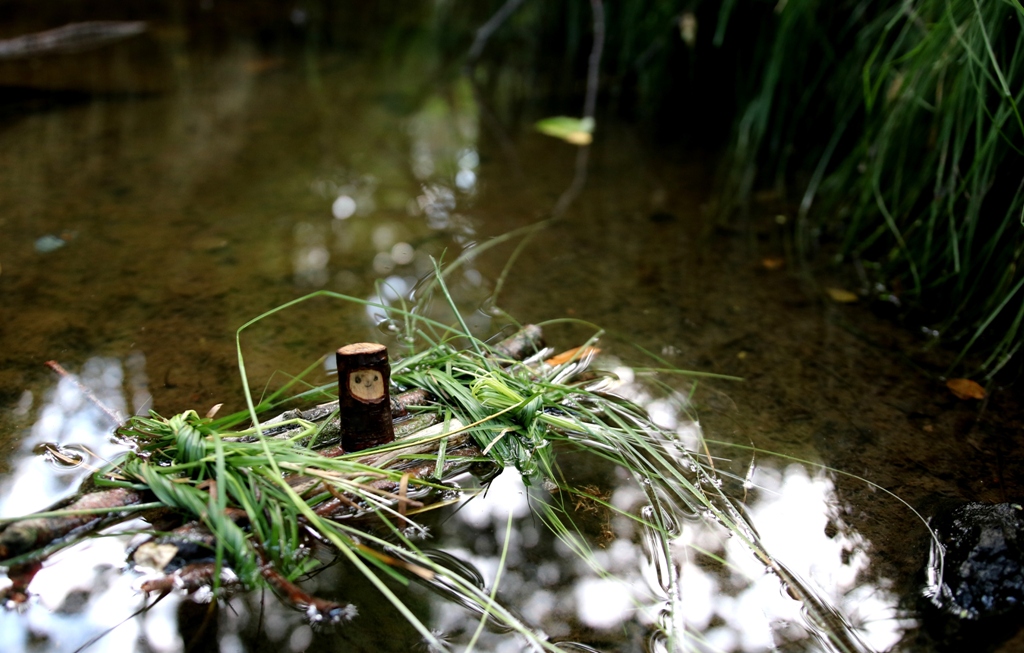
What's the magic?
How will this activity contribute to my well-being and the well-being of my children?
Creating gives us the space to open up to the new and immerse ourselves in invention that is not limited by rules.
Our attention can drift freely and thus not get tired. In addition, the joy of working together or creating a work of art is guaranteed to lift our spirits.
TIP: Some children find free creation a tempting challenge, while others prefer to hold on to support. They may prefer someone who tells them what to do and how to do it. It's a good idea to show one version of a boat or raft and then give children the freedom to invent their own model or to try the proven route instead. Everything is fine.
You need: you don't need anything special, a few strings and a knife may come in handy (not necessary)
You can have fun by the creek even in colder weather. Try making simple boats out of leaves, bark or grass and organize races or a joint expedition.
Instead of boats, you can send wreaths or small bouquets of flowers downstream. And finally, don't forget to build a few dams on the stream and watch how a new still or small pool is created and how the water jumps over the dam on the stones. Where this might be a problem, you might want to unfold your building again at the end.
IMPORTANT: Similar games are a great opportunity to develop children's sensitivity. Encourage them to keep an eye on whether the rocks from the creek are home to other organisms that can be harmed by our buildings.
Make little elves out of whatever you have around and let them sail on your boats. See how many elves the boat can carry and how many will make it to their destination. Don't worry if they fall overboard, water elves love the water, they'd jump in and swim off into the distance anyway.
TIP: If the kids are interested, pack out a few of their favourite characters and let them sail the water.
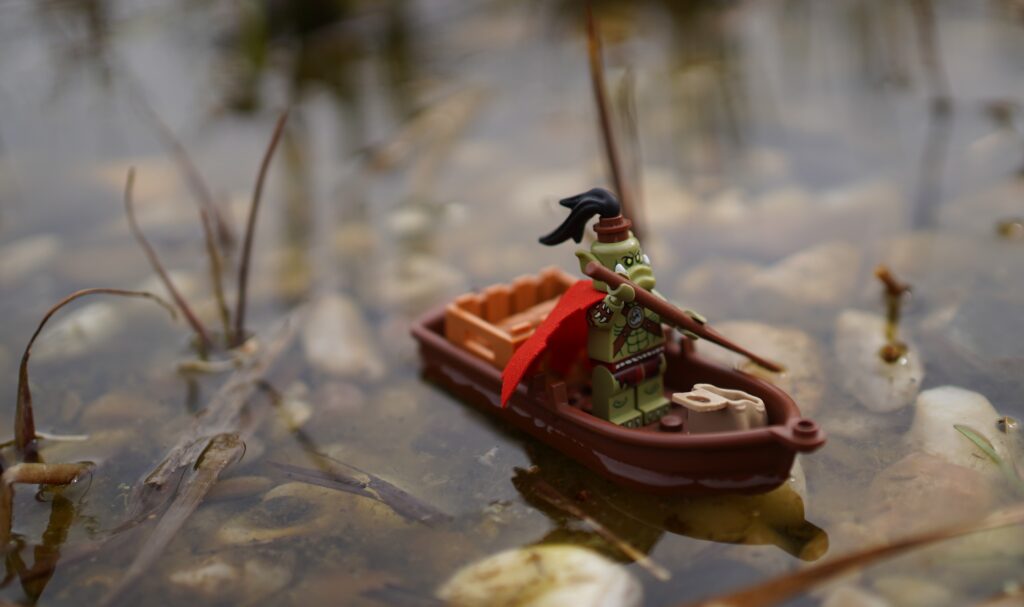
What's the magic?
How will this activity contribute to my well-being and the well-being of my children?
Focus your attention on a detail that only nature can conjure.
You can immerse yourself in a natural exploration that can culminate in a fascination with the magic that nature has to offer.
You develop your mindfulness and at the same time turn off excess thoughts.
You need: you don't need anything special, a magnifying glass, paper frames, a camera or drawing papers can be useful
Even colder weather has great power. Just go outside and look around. Take a little unconventional approach today. You're entering a unique gallery. There's an exhibition waiting for you, subject to the availability of the current offer.
Icy, snowy, muddy, windy or rainy. There are so many possibilities and each one of them is unique. As you stroll through the exhibit, go slowly and look for paintings, sculptures, unique nooks and crannies you haven't seen before.
At an appropriate place, you can split up and everybody look for their special piece of art or place. Then show them to each other.
TIP: You can make notes, draw, take pictures or shoot your unique paintings and sculptures. You might even create a "catalog" for the outdoor gallery that can work as an invitation for your community.
TIP: PRACTICE AMAZEMENT ONE STEP AT A TIME
Some children and adults find it challenging to embrace the beauty of nature, to see the uniqueness, the extraordinary in seemingly ordinary leaves, trees, flowers, shapes.
Therefore, we recommend gradual steps here as well, allowing time for the skill of MARVELLING to strengthen and develop on its own.
You need: nothing is needed, just a varied safe surface
Walking barefoot is pleasant and healthy. But if you're a barefoot beginner, here are some ideas on how to do it.
Start on soft and comfortable surfaces such as grass, moss or damp sand. Gradually add surfaces that are a little more difficult, such as pine needles or leaf litter in a deciduous forest. However, hot sand won't do your feet much good.
If you want something really pleasant, take a walk through a dewy meadow or cool mud.
And if you're already experienced, hit the gravel paths and dirt rocky roads. The longer you walk barefoot, the more your foot gets used to it until eventually, you stop noticing the tiny stones altogether.
Eventually, you might just wear your shoes into town over the summer, where walking barefoot is not entirely safe.
What's the magic?
How will this activity contribute to my well-being and the well-being of my children?
1. Barefoot walking is healthy for our feet, legs, ankles, knees, pelvis, back, cervical spine...
2. Barefoot walking increases the sensitivity of our feet and deepens our overall perception.
3. Barefoot we naturally slow down. When we slow down in nature, we often deepen our breathing, feel calm and this has an effect on our immune system. We are more at ease physically and mentally.
4. We can explore the same places, with different eyes and different sensory perceptions.
You need: nothing is needed, just water, mud, clay + surface for painting - stones, pavement, boards, cardboard, paper
In summer, take a walk in the water and stamp your footprints on stones or concrete. Who will be faster: your feet or the power of the sun to dry your footprints?
You can also imprint mud or natural colours (mix clay or pigment from the soil). These footprints will last the longest on the stones.
What's the magic?
How will this activity contribute to my well-being and the well-being of my children?
1. Painting with natural colours is a challenge for patience and foot dexterity. It leads to "switching off" the head and thoughts.
2. The challenge to be patient often forces the whole body to calm down and slow down in one place.
3. Foot painting can "wake up" the feet even more than walking barefoot.
4. It's also a support for the health of the foot arch 🙂

You need: nothing is needed, just a varied safe surface and the cold season 🙂
For families: in winter, as you get out of bed in the morning, run barefoot through the cold snow (only for a few minutes, really).
For classrooms: At the end of outdoor play or learning, add a challenge. Anyone who wants to can take off their shoes and try running in the snow.
Then give your feet a good rub with a dry towel. You'll watch them turn a beautiful red and feel a pleasant warmth. The blood warms your feet, which returns to the places where it had temporarily retreated from the cold.
What's the magic?
How will this activity contribute to my well-being and the well-being of my children?
1. A very intense experience of connection with nature.
2. We will challenge our ideas of resilience.
3. We will increase blood flow and sensitivity in our feet.
4. We truly turn off the thoughts in our head and feel the here and now with our senses. Beware - for many feet this is very addictive 🙂
You need: forest, ideally as natural as possible
The forest is the oldest ecosystem in our territory, the ancient forest is our true wilderness. It used to grow all around.
In the deciduous, old-growth forest, we are finally in the true Central European nature.
We can just walk through the forest, ideally off the path, through fallen logs and brush. The wild forest is unkempt and smells of wood-rotting fungi.
Lie down under a tree and watch the branches, the life of the forest takes place in the canopy.
Walk on the log, stroke the bark, hug the tree.
Listen to the forest, stop, sit down and close your eyes. Become part of the forest for a moment.
Are the forests feeling small, do they look more like plantations to you? Are stumps and clearings more prevalent in your forests because of climate change? Then go to the Carpathian beech forests and feel the majesty of old-growth forests of antient times.
What's the magic?
How will this activity contribute to my well-being and the well-being of my children?
1. Forest is one of the most powerful green pharmacies. It is a whole ecosystem with internal energy, and we can very quickly connect to the "network" and rhythm of nature.
2. The forest immediately affects all our senses - it shows us shapes, colours, movements, sounds, smells, tastes and different natural materials and textures. All of this quickly tunes us into the peaceful world of nature.
3. The forest is full of diverse plants and animals, and everyone will find their own "guide" on the path to fascination.
4. In the forest we often become a bit of a "hunter and gatherer" again. We leave our fast-paced technological world and the forest scenery takes us back to the world where our ancestors lived for so long.
5. The forest ecosystem is also full of natural resources and goodies that we can use as carriers to the forest spa.
What's the magic?
How will this activity contribute to my well-being and the well-being of my children?
1. Watching the bark as a microworld is very comforting. It opens up a new universe for our imagination and soul.
2. It opens up our imagination and creativity. The mind becomes a little more relaxed and rested.
3. For some children and adults, the connection between nature and a powerful beautiful story is a very effective relaxation. Pack a blanket and read outside under a tree.
4. Conversely, some people prefer to listen to an audiobook outdoors while walking in the woods. Listening and the natural surroundings multiply the forest bath.
5. The story of Toby and the whole life in the branches deepens our sensitivity even to the small creatures and places around us.
You need: a tree, preferably a large tree with wrinkled, jagged bark
This activity is inspired by the book Toby Alone (de Fombelle, 2006).
Little Tobias and his people are only two or three millimetres tall and their tree is their planet.
In the branches are their dwellings, fields, aphid pastures, moss forests, shady and sunny places.
Try to find such places, make a little Tobias (out of a nut, acorn or small stone) and find a place in the tree where he would like it.
Choose a big old tree and try to name the different little nooks and crannies of the tree through the eyes of Tobias. Find the Rift Valley, the Ancient Wood, the Lake, the Sunny Heights, the Wild Rocks, the Bottomless Abyss, the Windy Hill, the Abandoned Mines, the Dark Marshes or the Shady Forest.
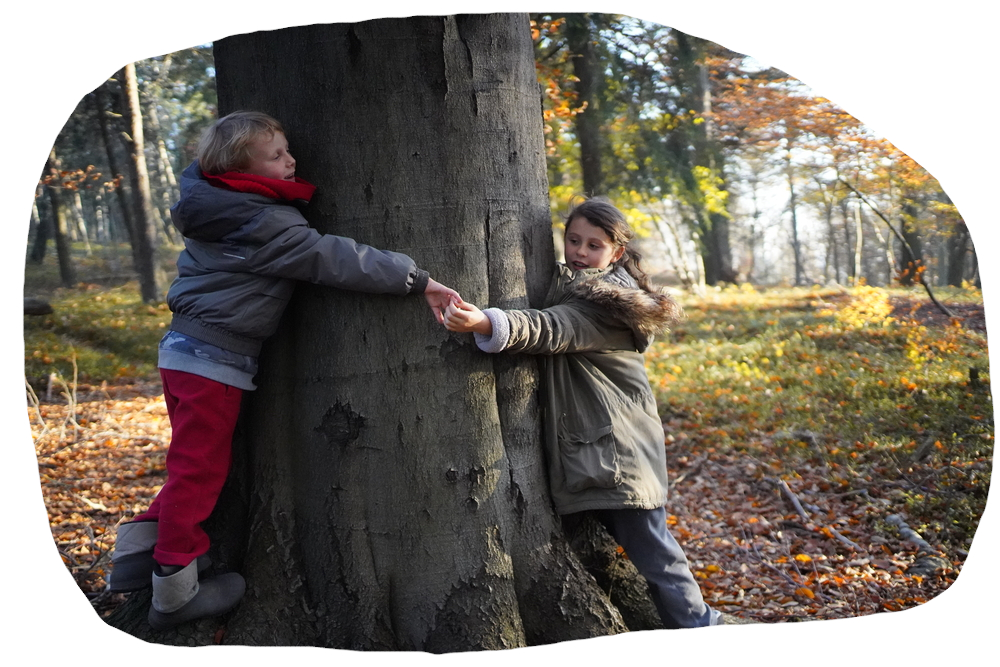
You need: a forest or a group of trees in a park of different ages that we can hug
Just like the previous game, you need a suitable forest. Look for trees of different ages, but forget about counting the rings.
Hug the trees!
The thin trees, the grabbers, you can easily embrace with the fingers of one hand, the thicker ones, the chokers, you will be able to embrace with both hands, the fat ones, the cuddlers, you will need to hug with your arms and to "measure" the biggest guys, the giants, you will need a couple of helpers to hug them together.
So, which trees were the most common? The young ones or the old giants? And while you're at the hugging business, pick a tree that's easy to hug with your arms and play bear. Hug the tree tightly with your arms and legs and hold on as long as you can. It's definitely worth trying out different thicknesses and types of trees the bear way.
What's the magic?
How will this activity contribute to my well-being and the well-being of my children?
1. Some children and adults like to relax in nature during exploration challenges. They don't like just to look and walk around. They want to explore, discover, and compare. Measuring a tree with their hands and hugs is a good way for them.
2. It leads them to focus their attention on trees and their size. To be in contact with them. To observe how many and what kind of trees are around us.
3. The forest works like the green pharmacy again, only the challenge for time in it is a bit more structured and exploratory
4. It is important to have a variety of challenges that deepen children's contact with nature.
You need: nothing is needed, just the desire to move
It is probably unnecessary to describe this activity in detail. But do not forget it. If you've never rolled down a slope, it's like you have never been in nature. If you've never lost your direction, you've been rolling too slow. Find a suitable place. Just about right downhill, dry, sun-warmed and covered with pleasant grass. And at the start of your outing, offer the kids a romp.
If the kids can't roll directly, make a gnome out of a rock or pine cone and let it roll down. Make more of them and see who can roll the furthest. JUST BE CAREFUL that there is no one below the slope who could be harmed by a rolling gnome.
TIPS:
Always keep the game voluntary, only for those who want to play. For some, rolling is a great relaxation, for others, too much discomfort.
It's great to repeat the game in different places, at different times of the year and in different clothes.
What's the magic?
How will this activity contribute to my well-being and the well-being of my children?
1. Some children and some adults are best connected to nature and therefore relax from our noisy, hectic world through movement. This game gives them the opportunity. And it doesn't require any aids, just the selection of appropriate location(s).
2. Action and adrenaline. While it might sound like contradiction in terms, for some people, relaxation and "switching off" involves a fine line of risk. Sometimes even just the seeming of it is enough. Rolling down a hill is safe, but it still releases a lot of adrenaline and then the endorphin that we made it through and survived. Rolling is a bit unpredictable and that suits some personality types very well.
3. Experiencing different surfaces, moisture, incline, hardness, we feel it all while rolling down a hill. This way the children learn a lot about the place they are in.
4. It improves our judgment and understanding of the place. Is it wet here, how fast will I roll down this hill, are there thistles? All of this focuses attention and deepens our appreciation of nature.
You need: crepe paper, lightweight fabric, scarves, string, scissors, dry sticks
Use crepe paper, scarves, and strips of cloth to make metre-long strips and hang them in different places, at different heights, on fences, trees, poles, bushes and taller herbs (so they don't mind). When the wind starts to blow, observe where the wind is strongest and what direction it is blowing. You can discuss how visible it suddenly is, and how it can not hide from you.
Tie some of the strips to long sticks and run around the meadow with them, throw them out into the wind and watch them flutter in the wind and, like Indian Summer, run off in one direction.
TIP: Do you have large scarves or pieces of airy fabric? Let the wings grow. Flying in nature is very refreshing.
Don't forget to remove the ribbons at the end of your observation.
What's the magic?
How will this activity contribute to my well-being and the well-being of my children?
1. Arms extended with scarves will stretch the whole body perfectly. They give us the opposite type of movement to our traditional trunk and head flexion.
2. Running in the wind is incredibly liberating. It relaxes the mind. We often switch off very quickly and just go with the wind.
3. This game quickly kicks off joy and enthusiasm. It connects creativity, grace, movement and the natural element.
4. Joyful running or dancing with the wind offers a great dose of oxygenation to the whole body. It tires the muscles and deepens the breath.
You need: Water and the desire to get wet. Warm weather or good clothes.
Water and the desire to get wet. Warm weather or good clothes.
When it's raining outside, you can stay at home under the roof and just watch the drops hitting the windows, and the roof, making bubbles on the puddles. But aren't you tempted to run outside and get wet?
If you can and the kids are up for it:
Take off your clothes and go take a shower in the rain, enjoying the cool drops, especially in summer.
Look up and watch the drops slowly get bigger as they pass your head.
Go and get dry when you've enjoyed it or when you're cold.
TIPS:
Again, the volunteer rule is important. Those who don't want to don't have to. Some children can just watch others :).
Choose a good place and time where you can enjoy getting wet and come back home soon (or it's so warm that you'll be dry in no time).
Our example is also crucial, i.e. how we experience the " perceived " discomfort in nature when it is raining, snowing, drizzling etc. What emotions we experience at that moment is an important role model for children, which they often copy. Either they get more stressed when it rains or they relax and enjoy a nice unexpected experience.
What's the magic?
How will this activity contribute to my well-being and the well-being of my children?



